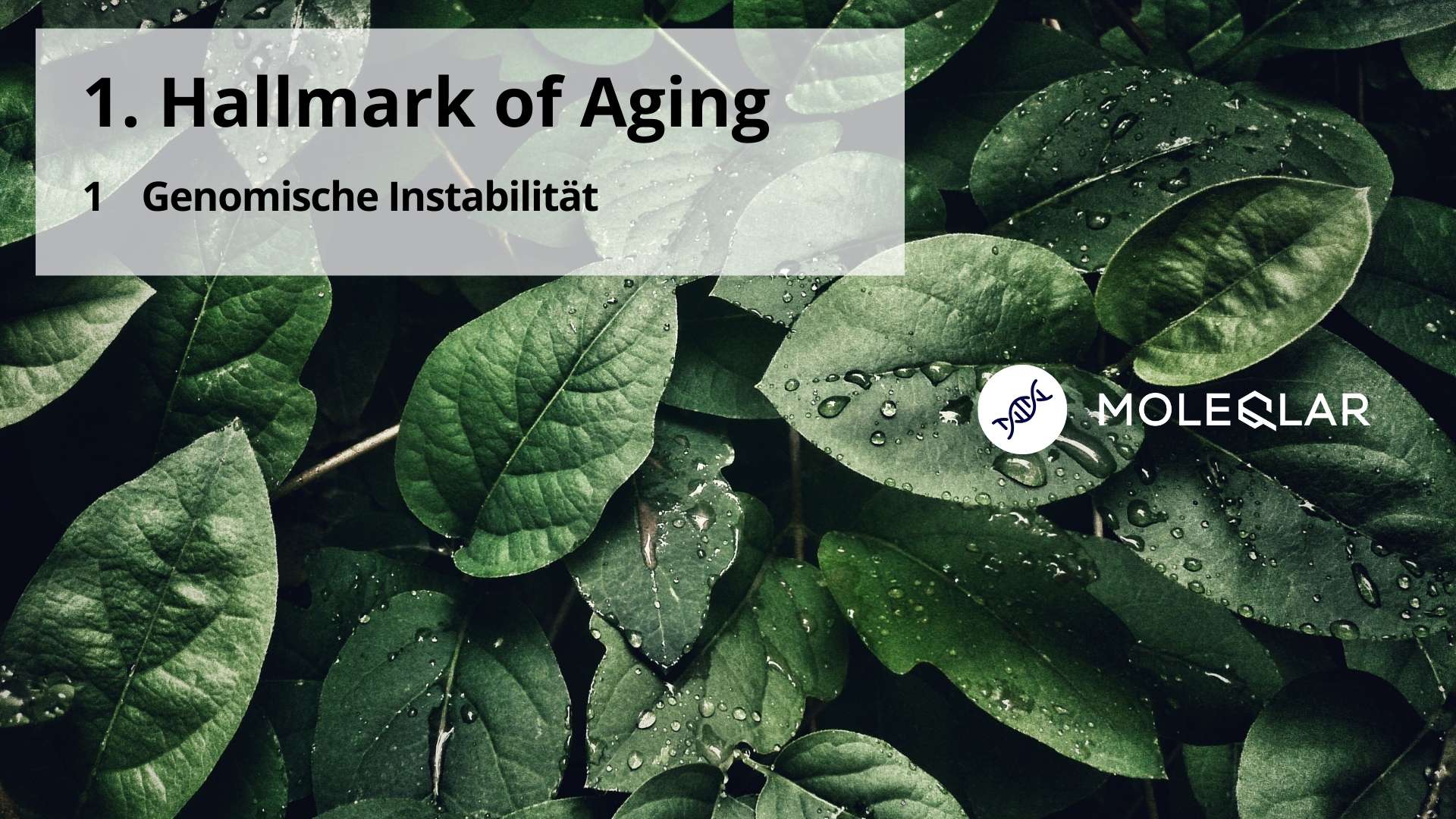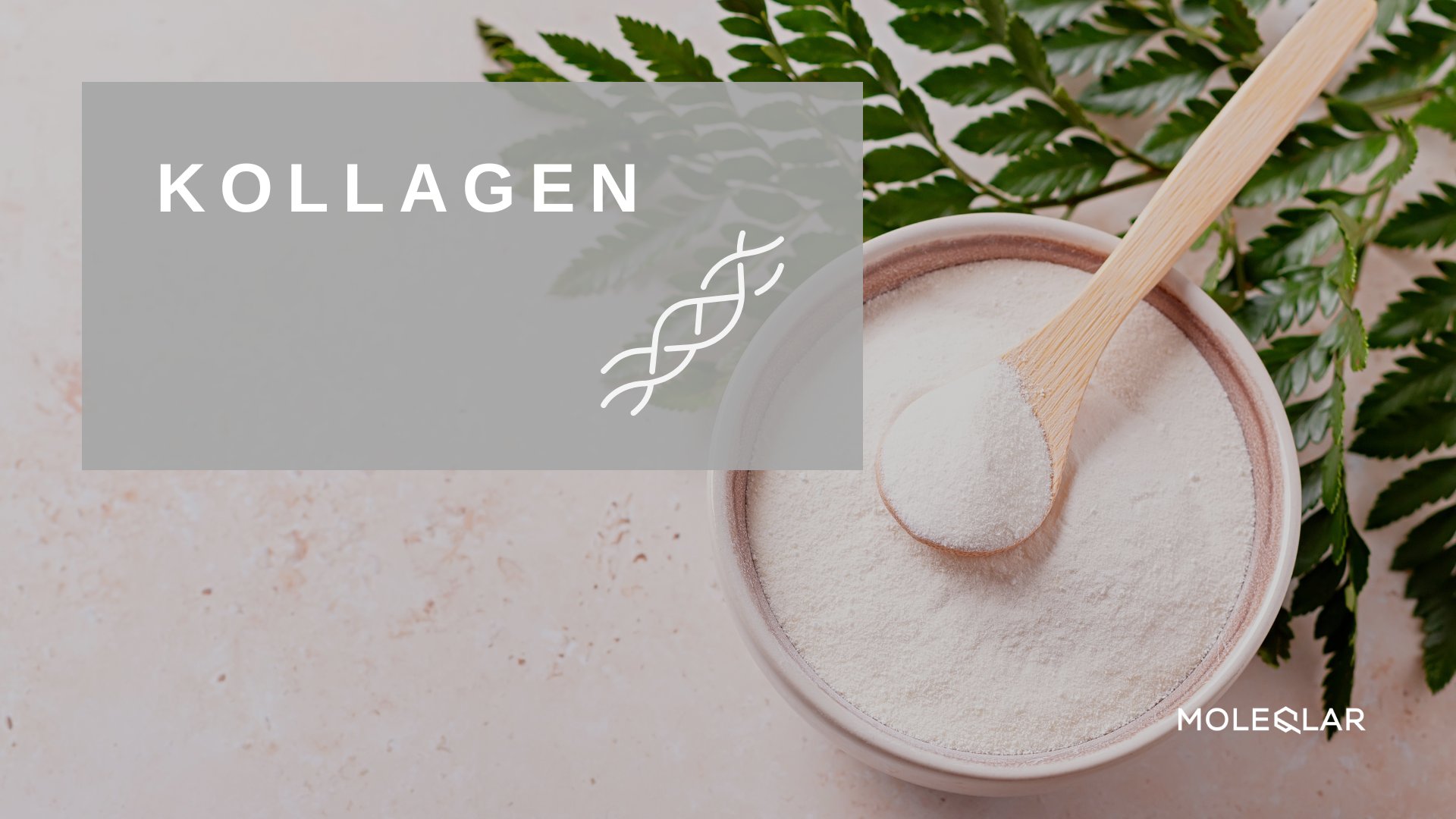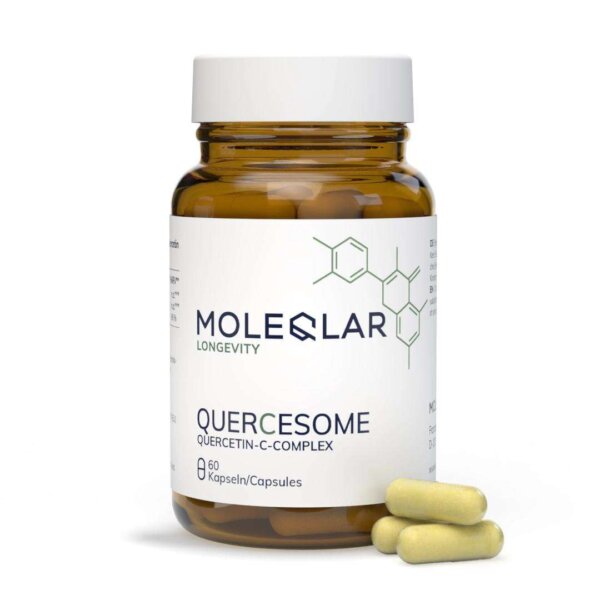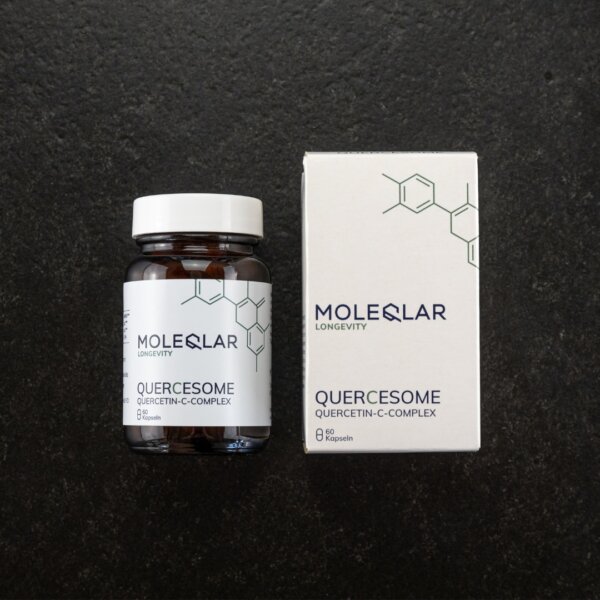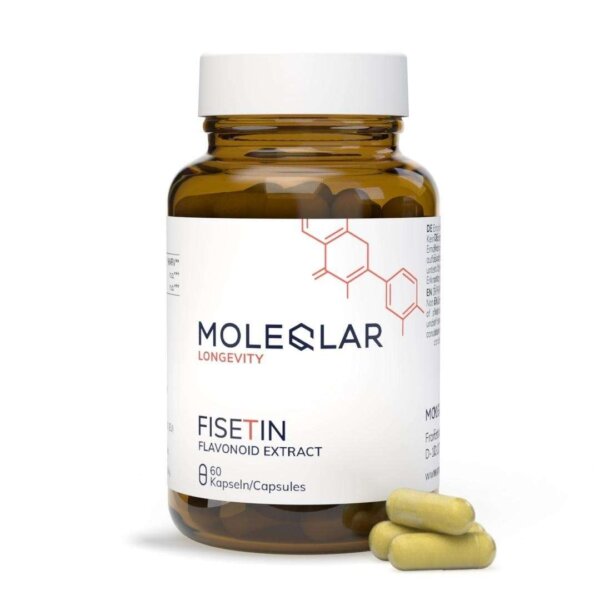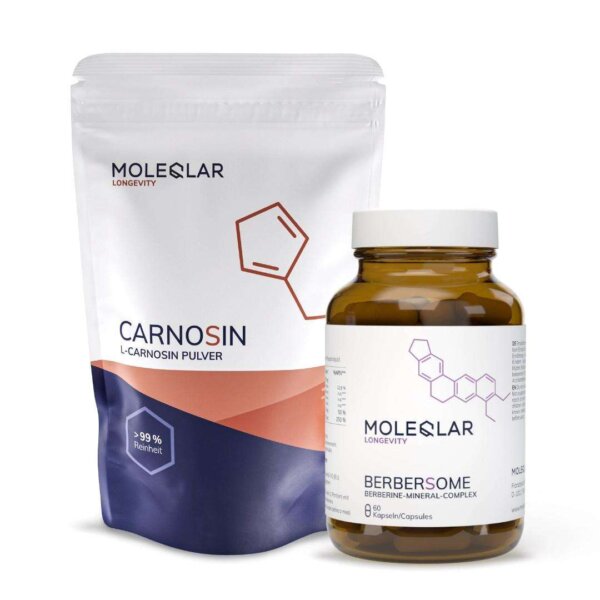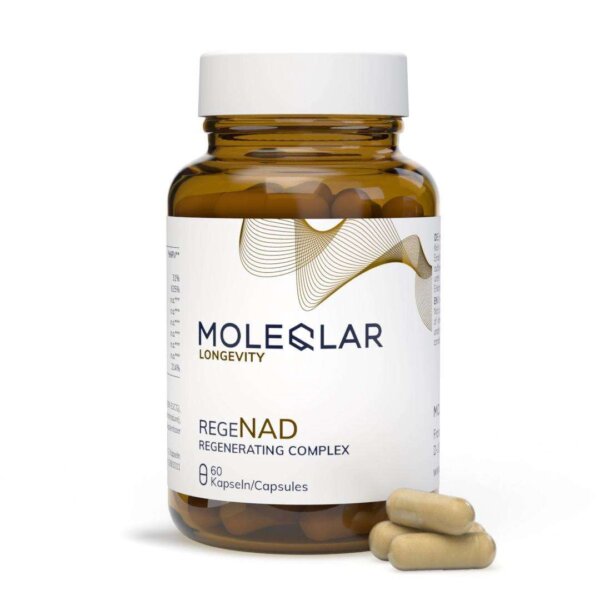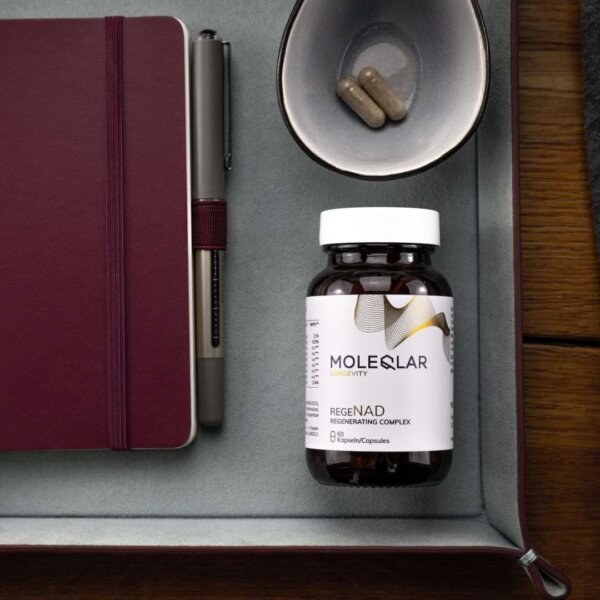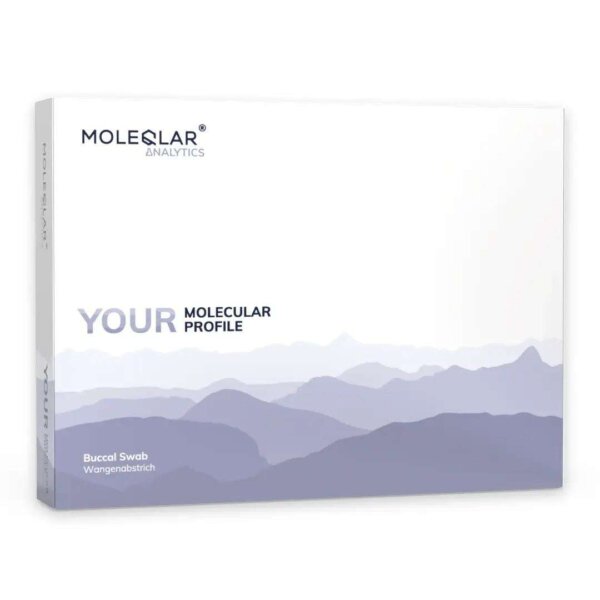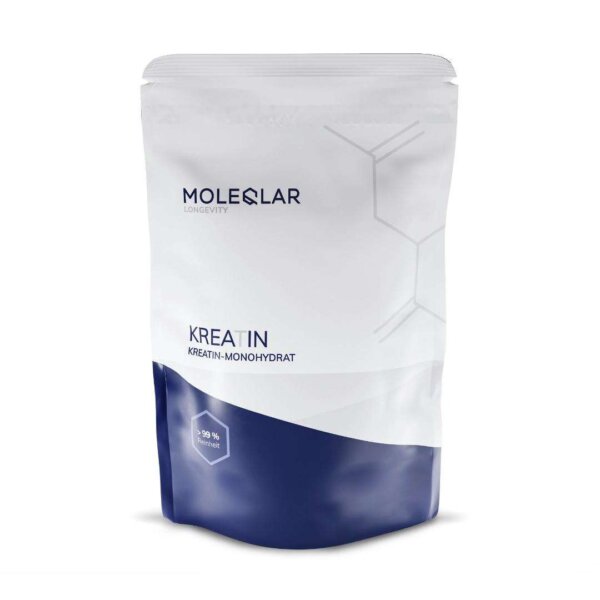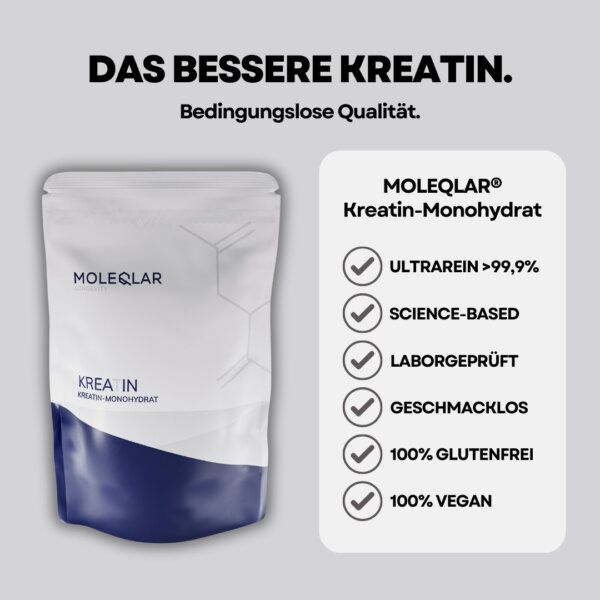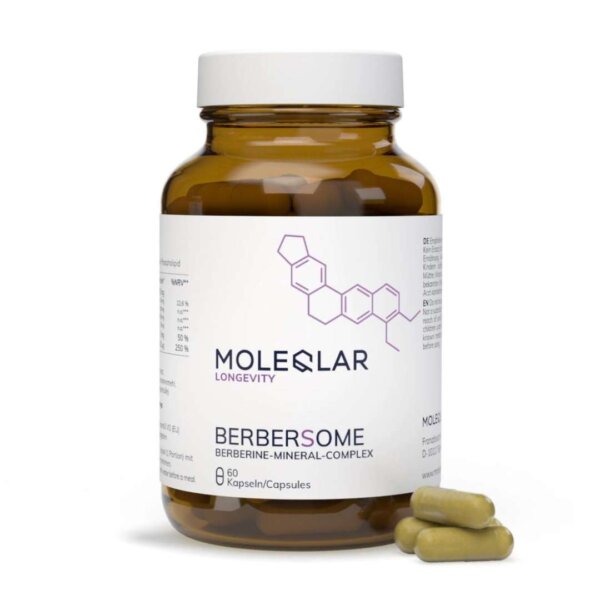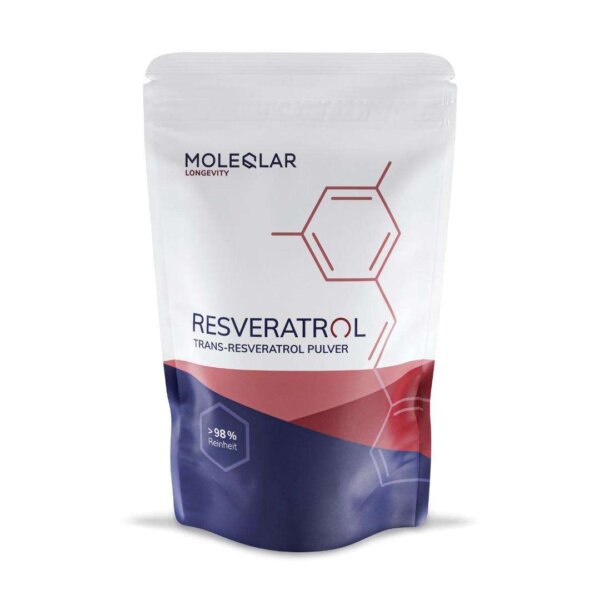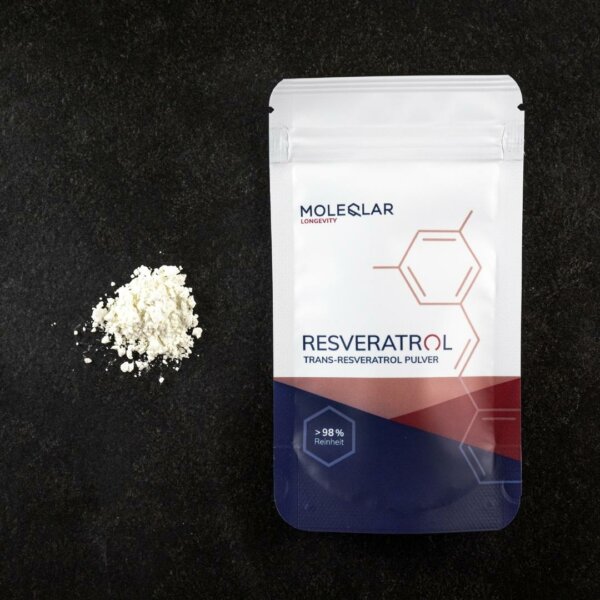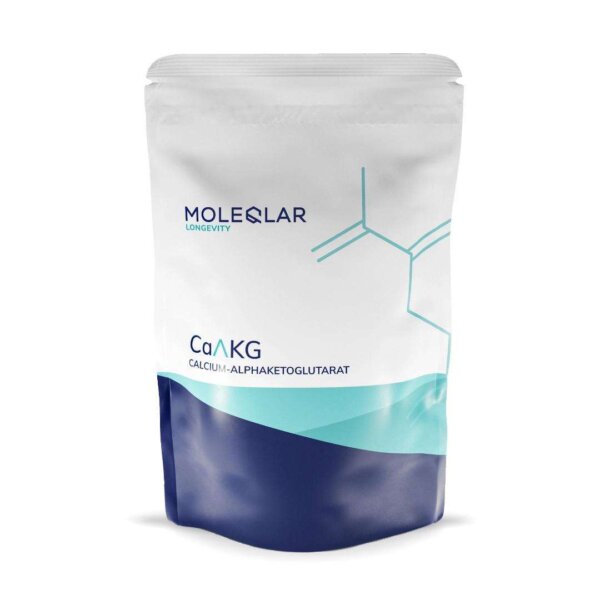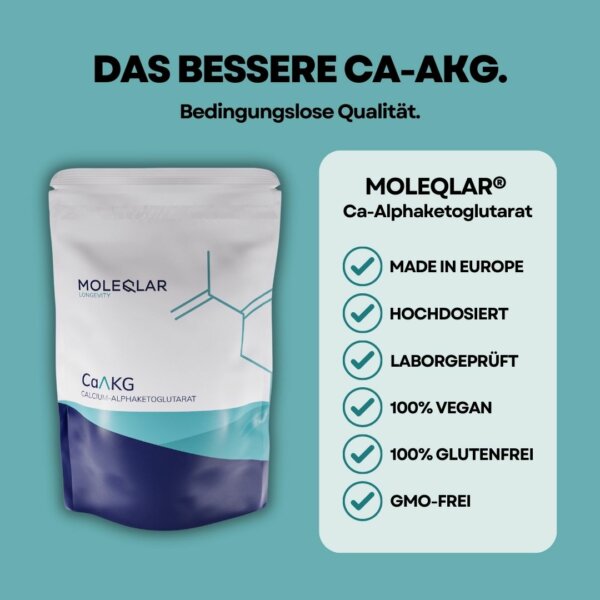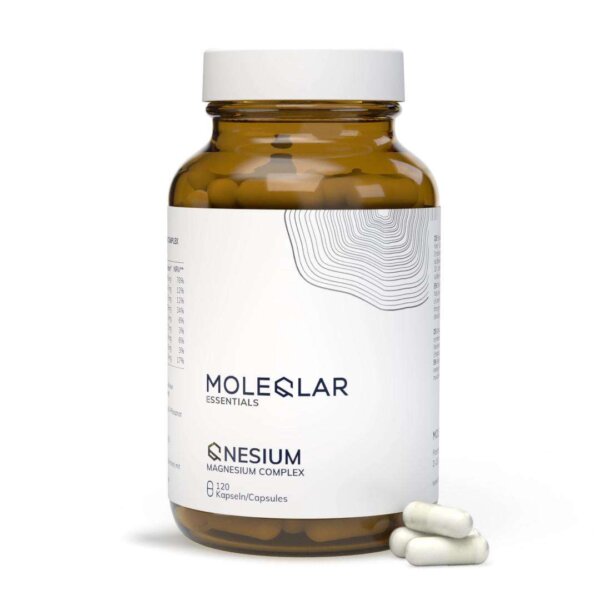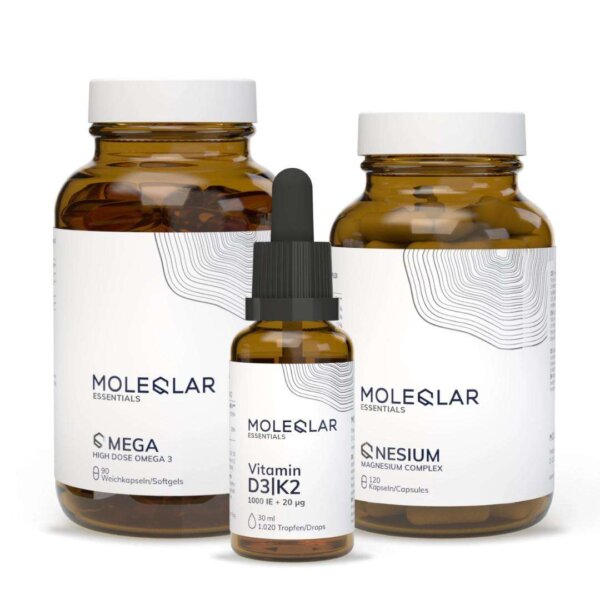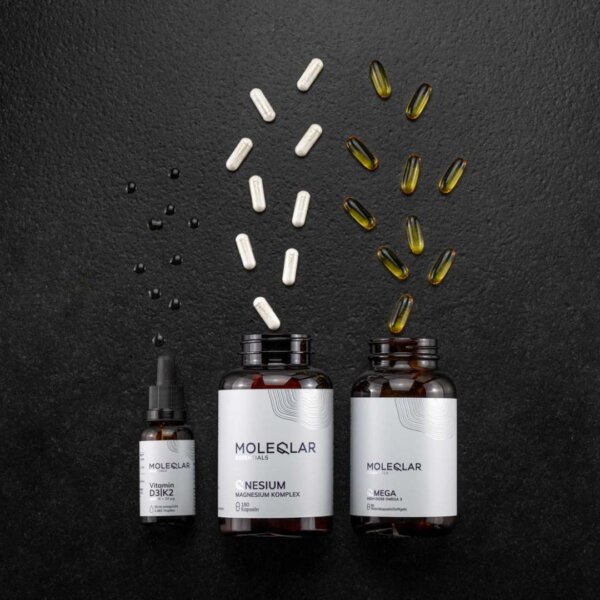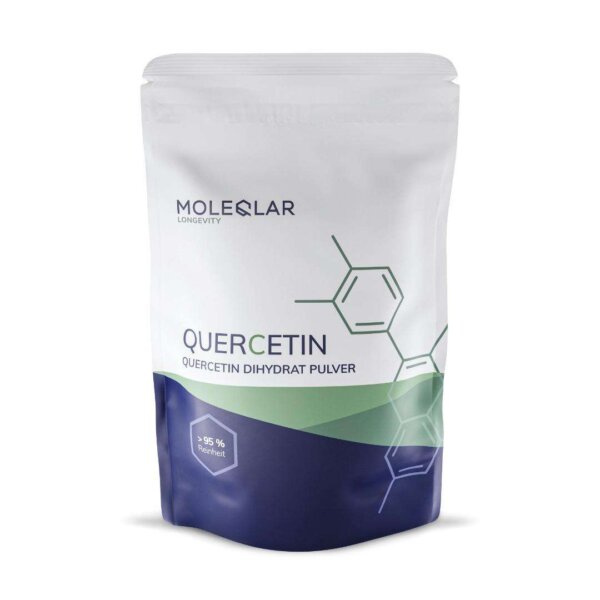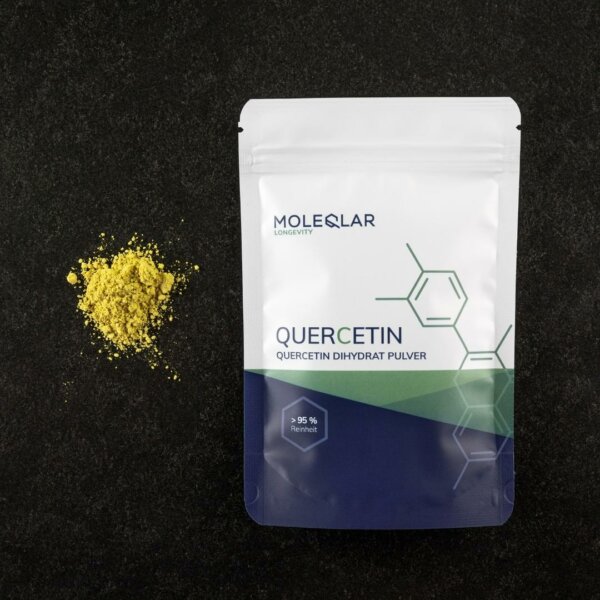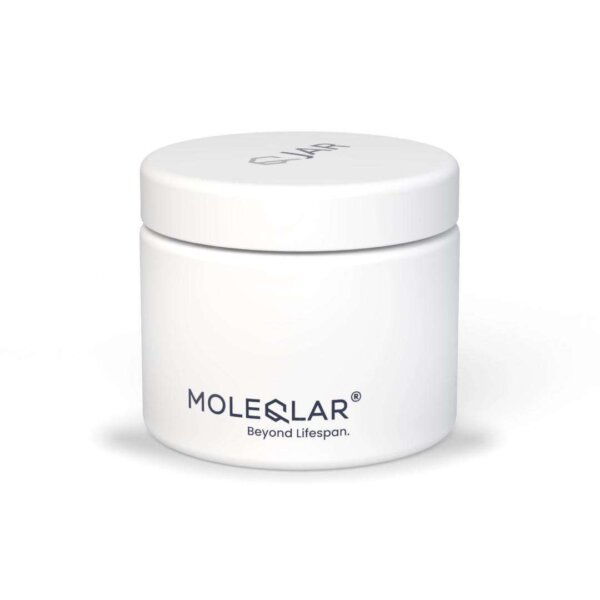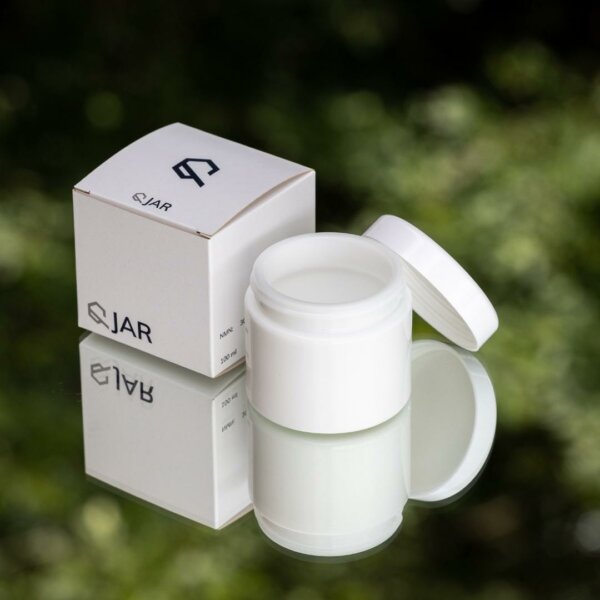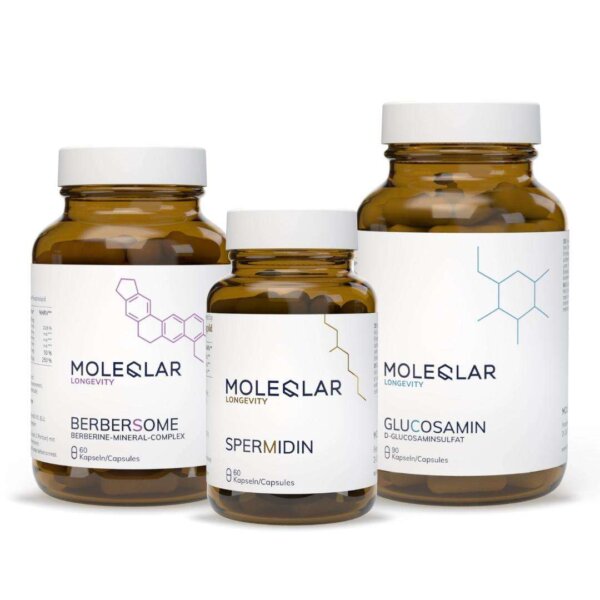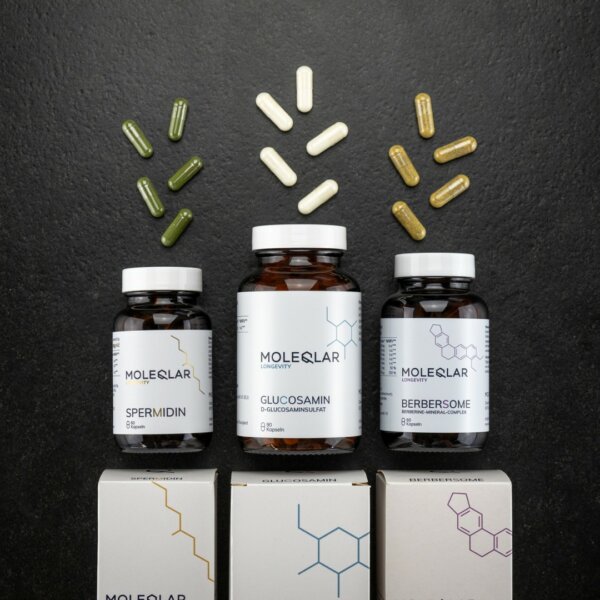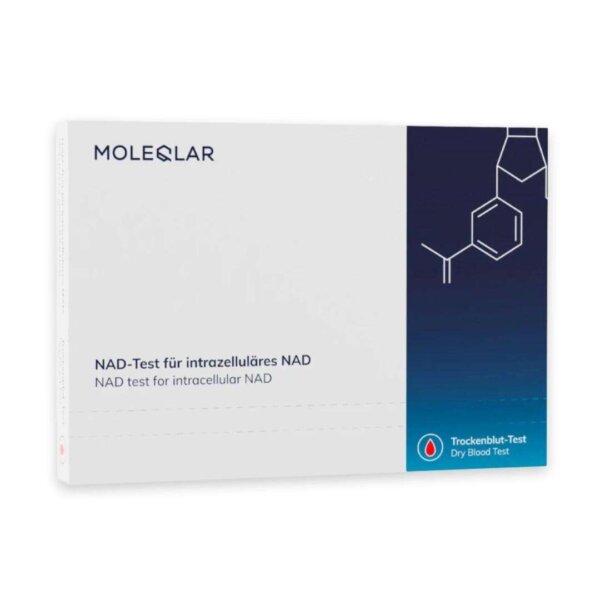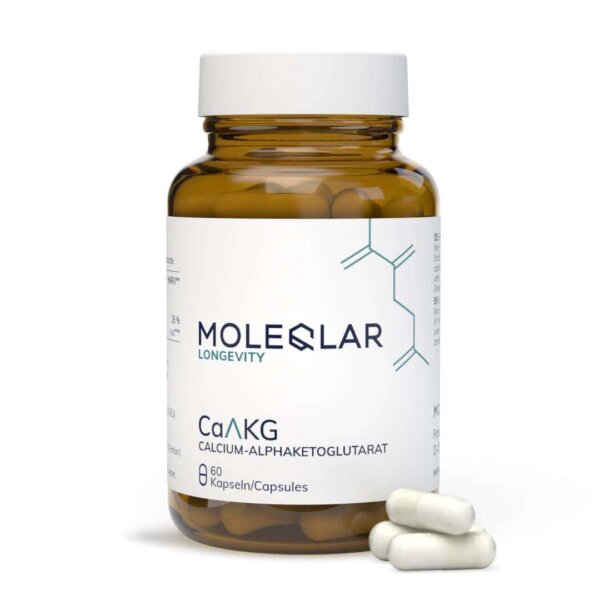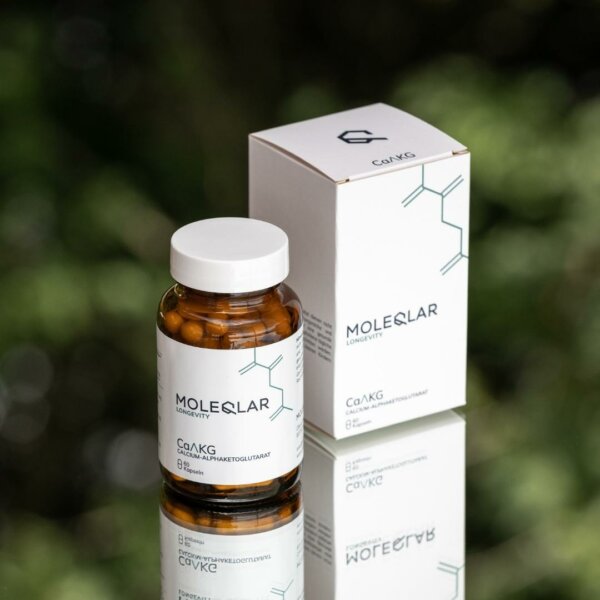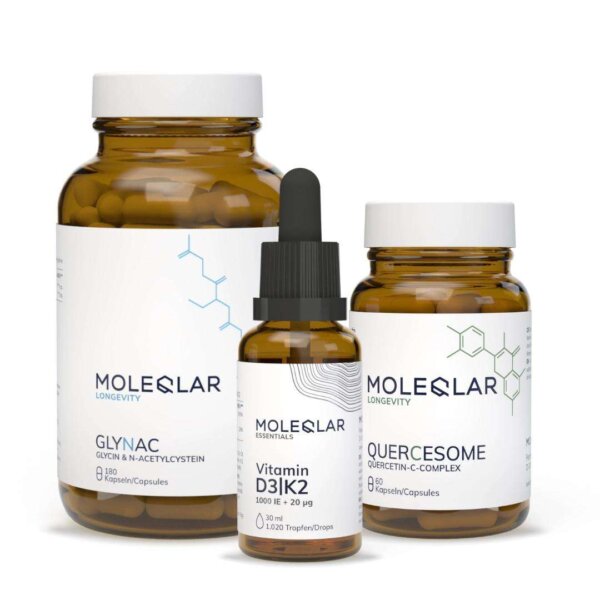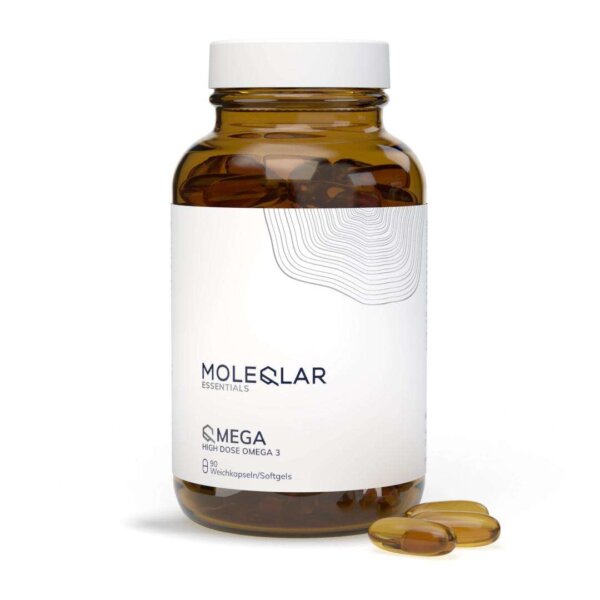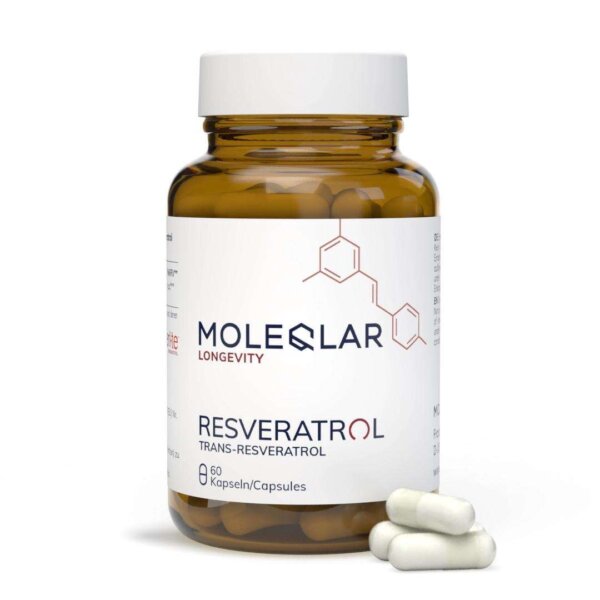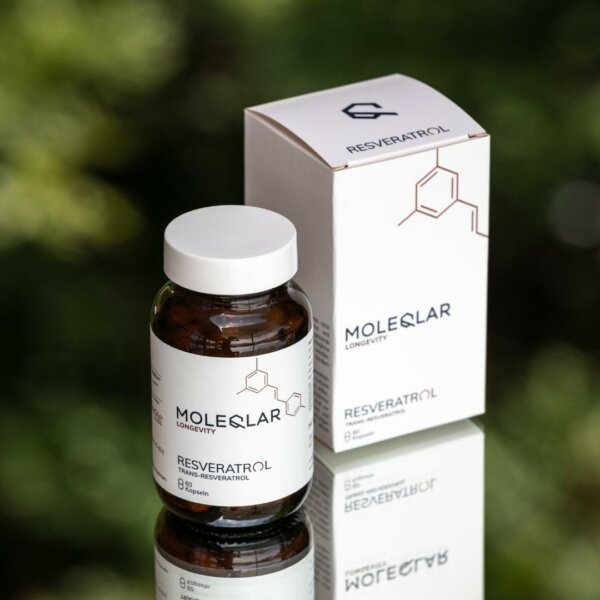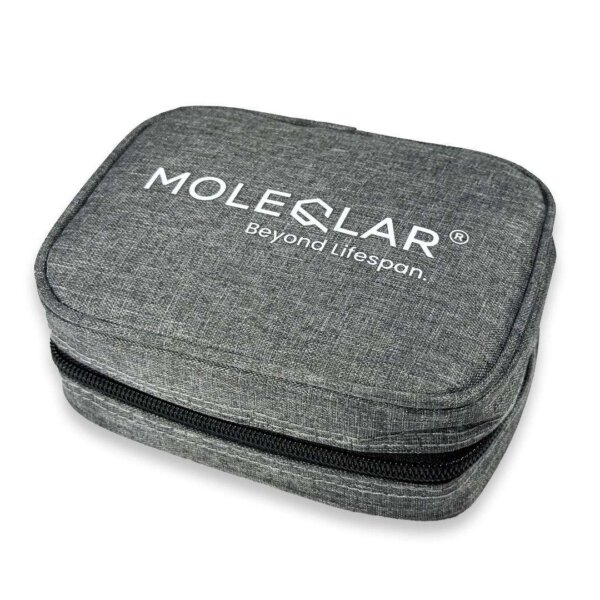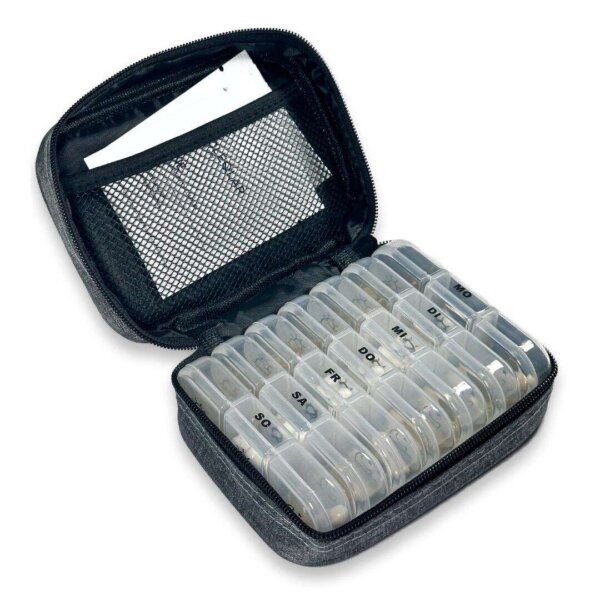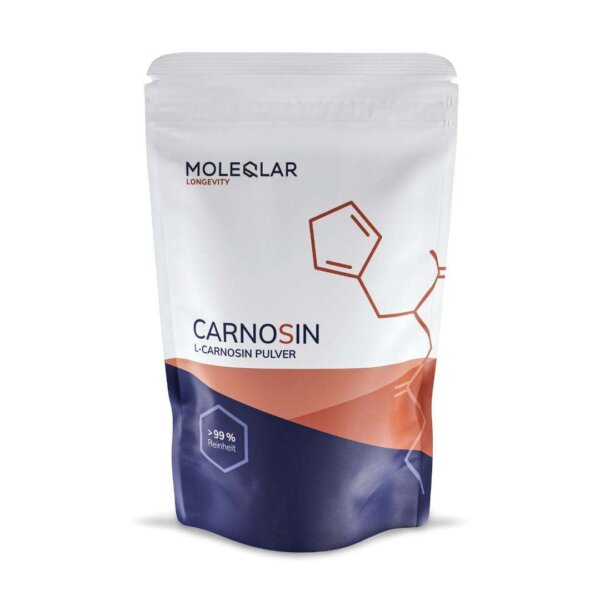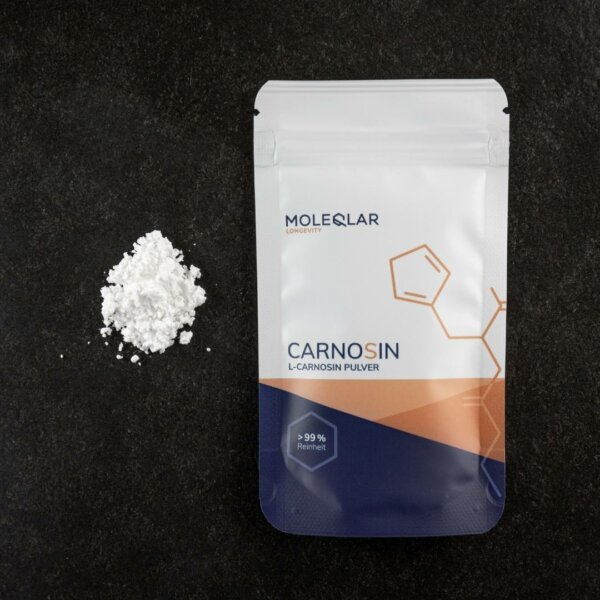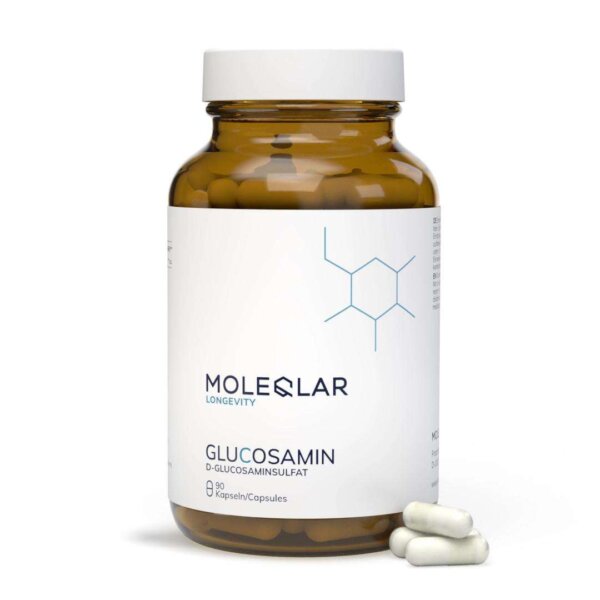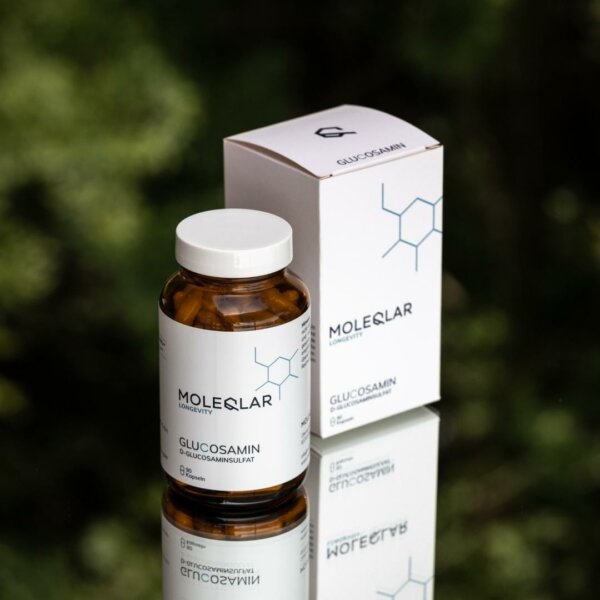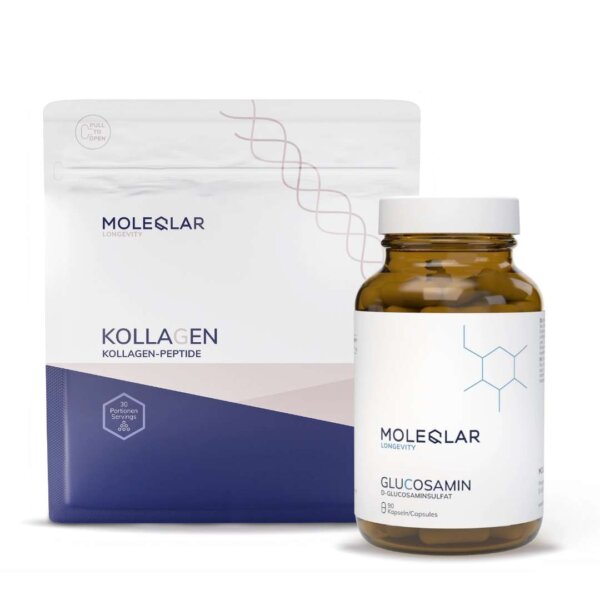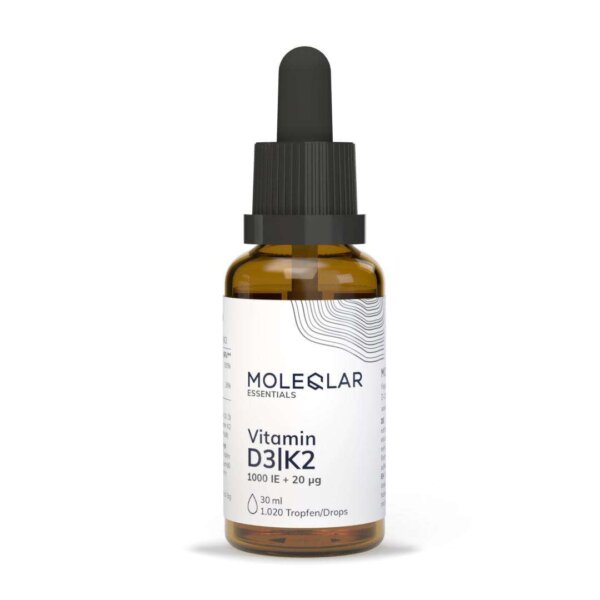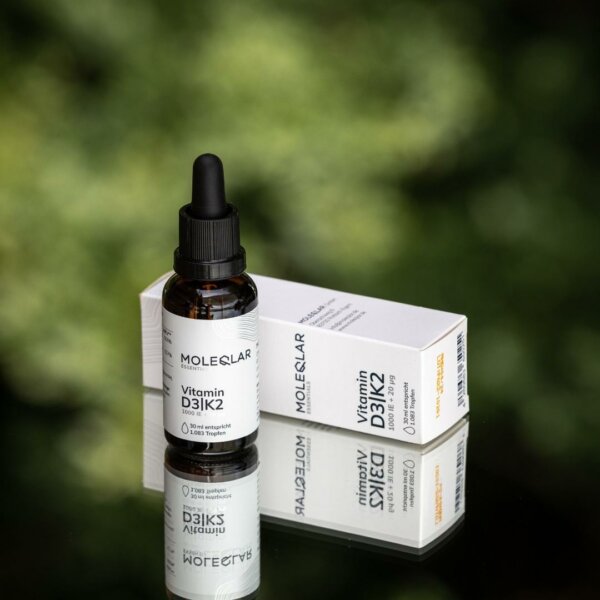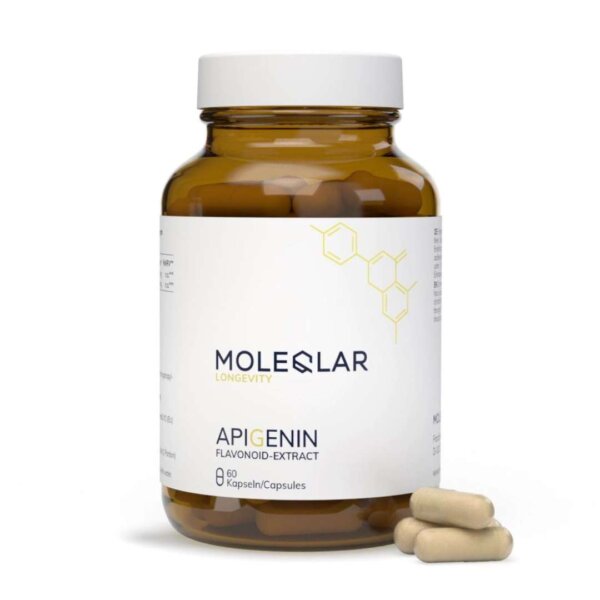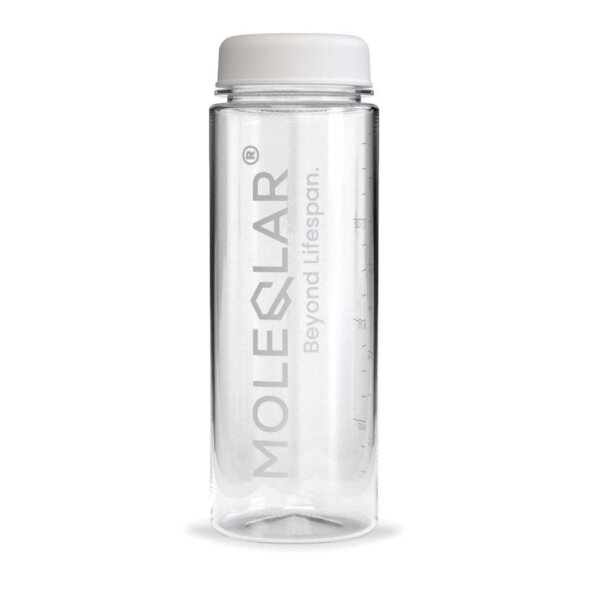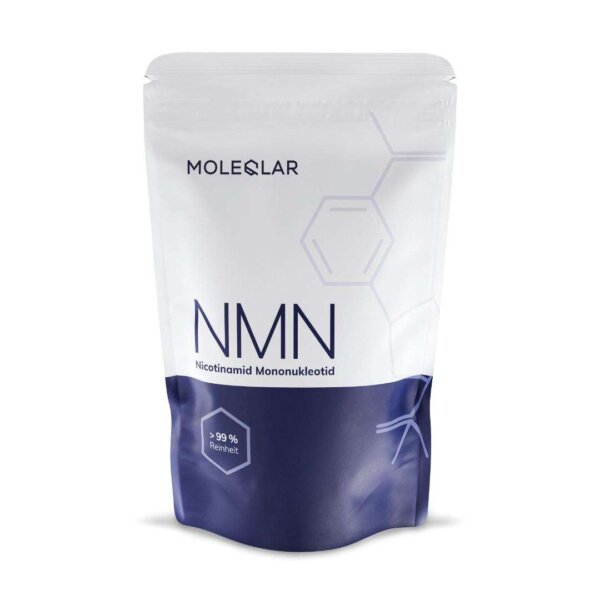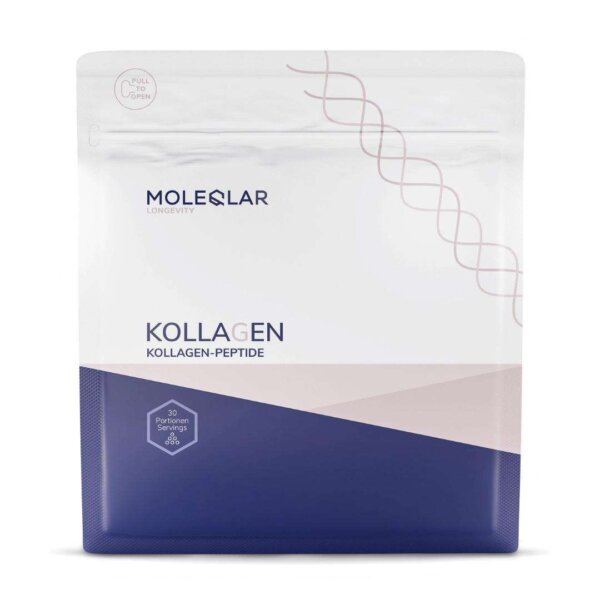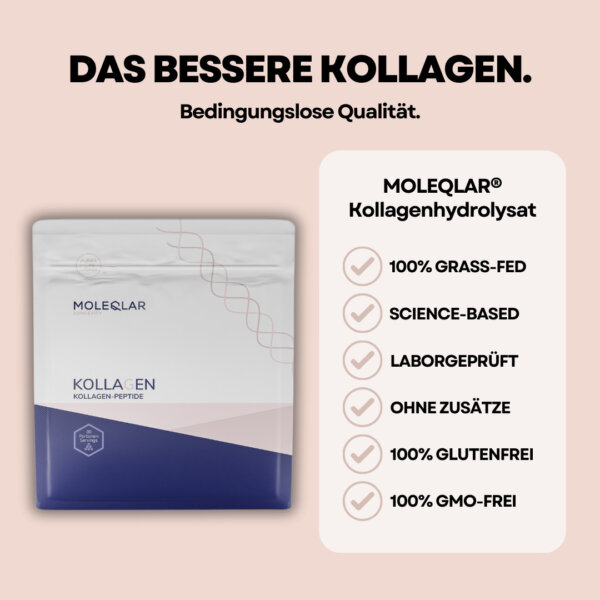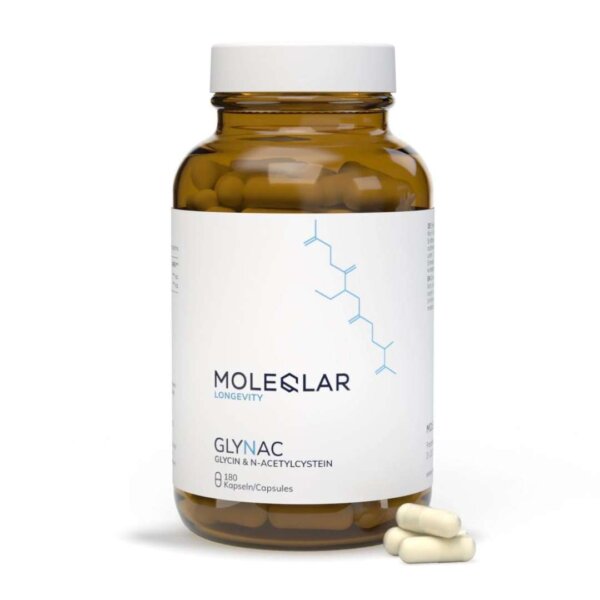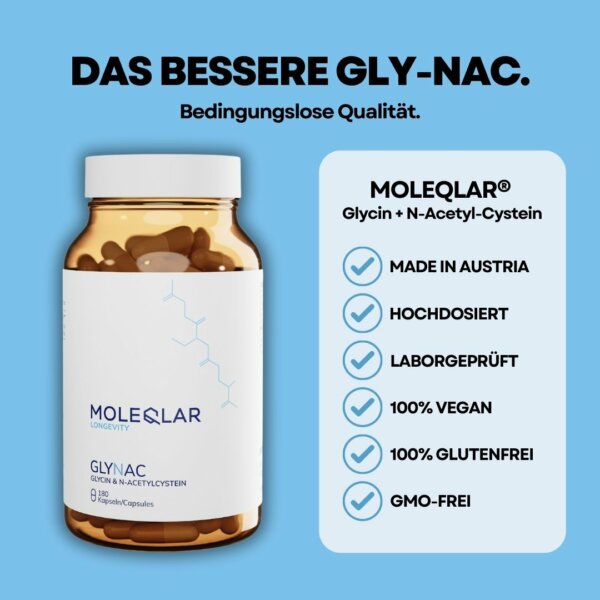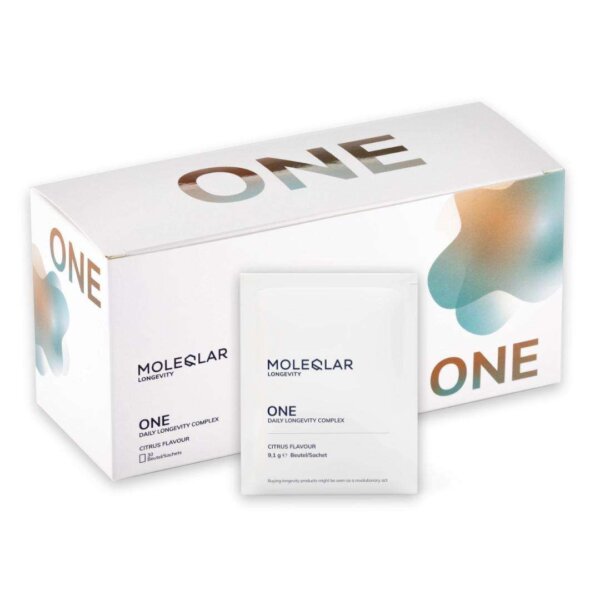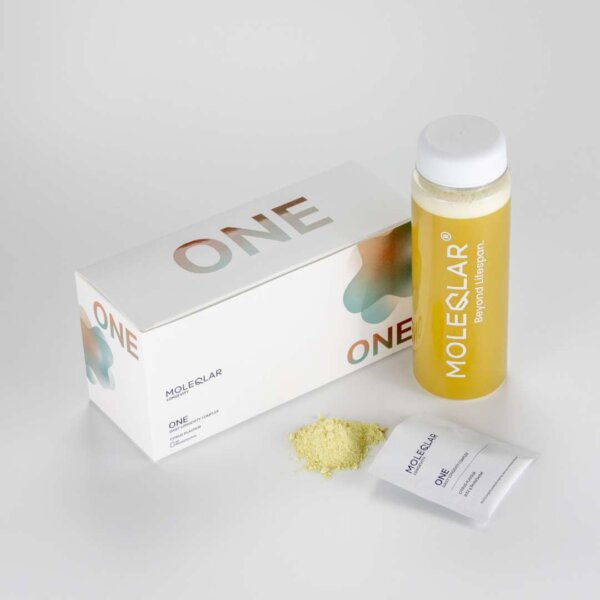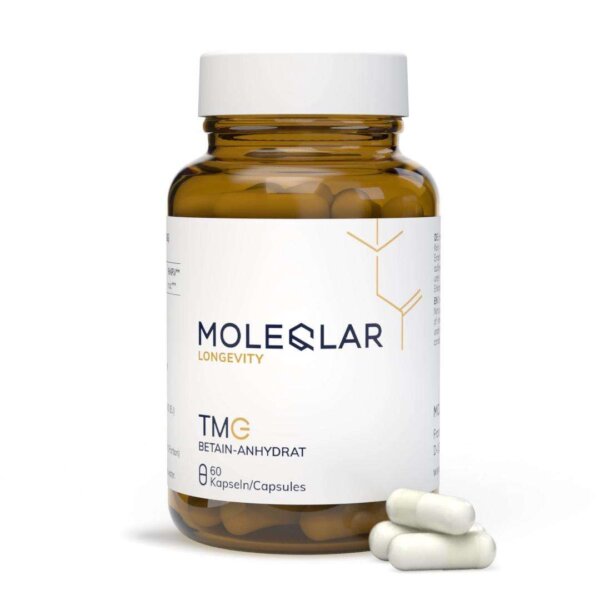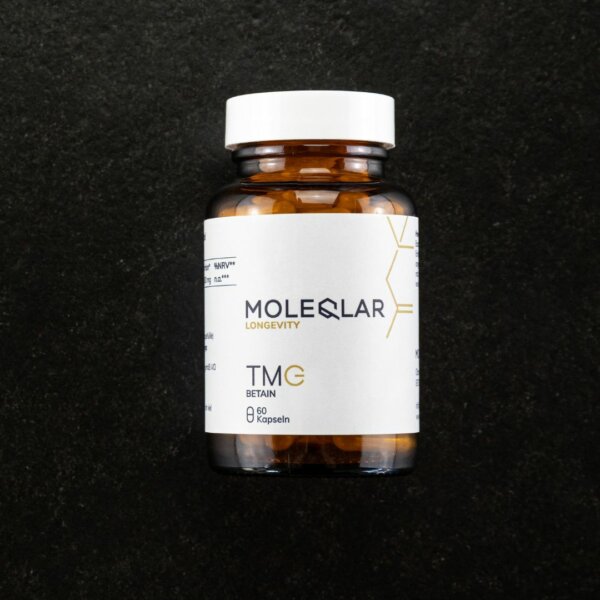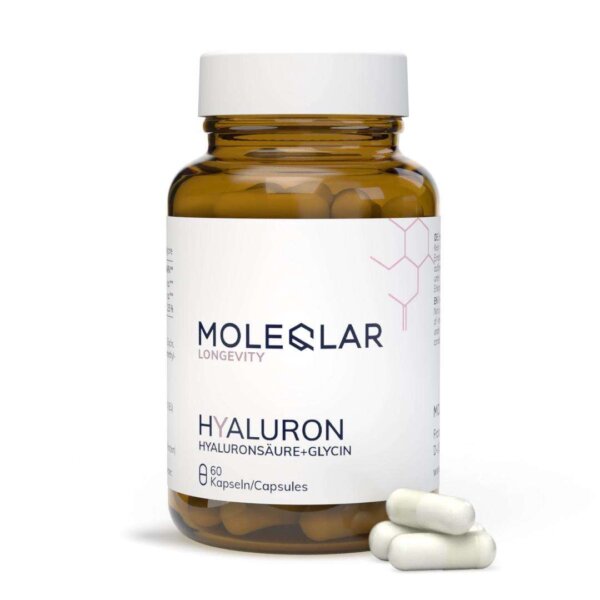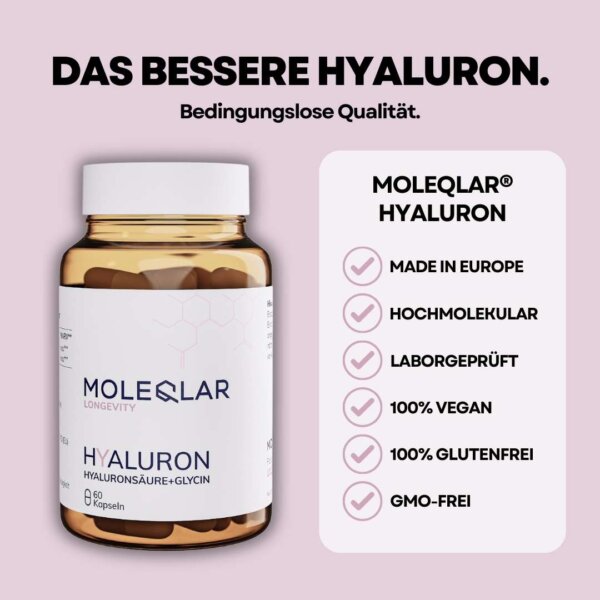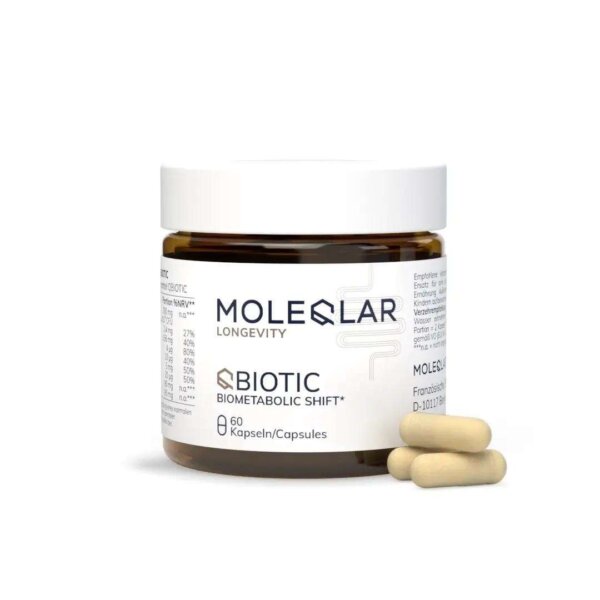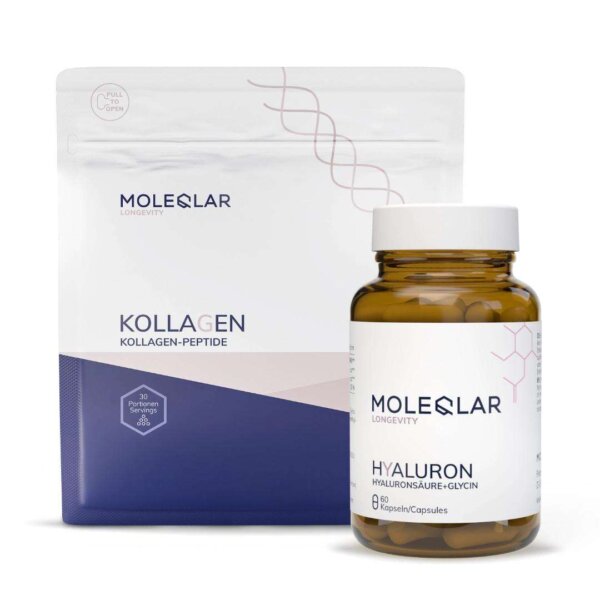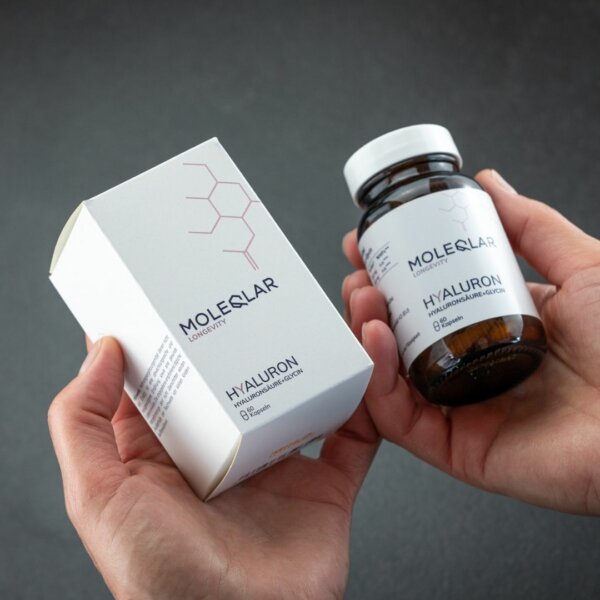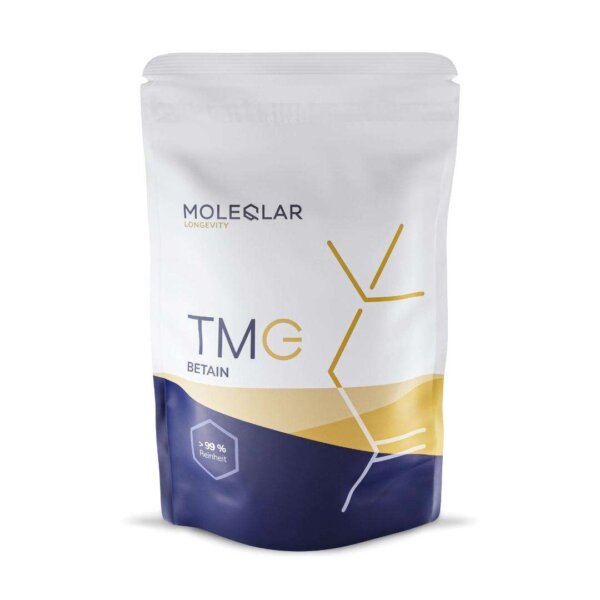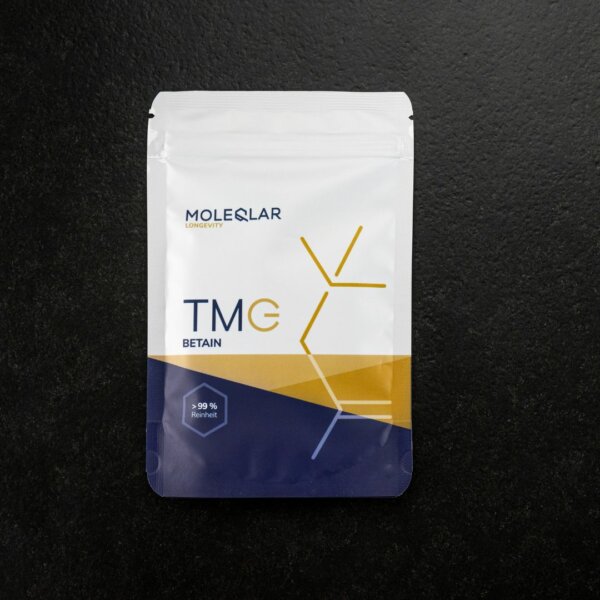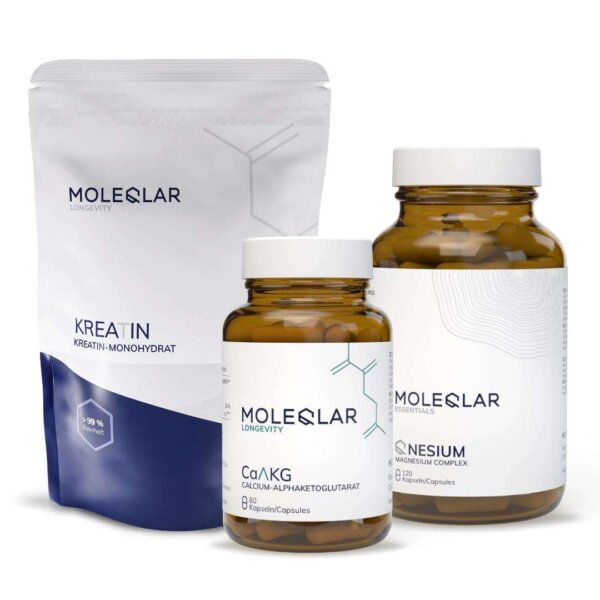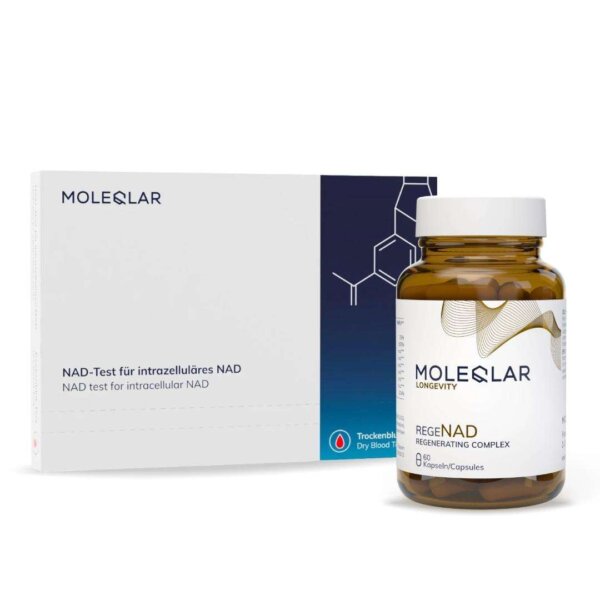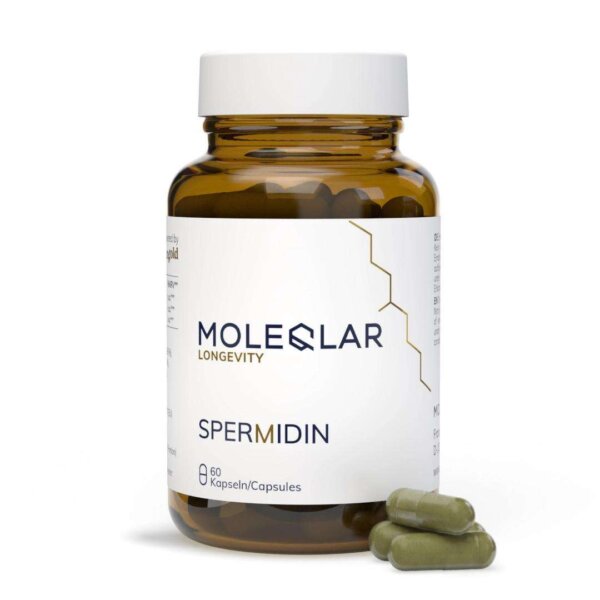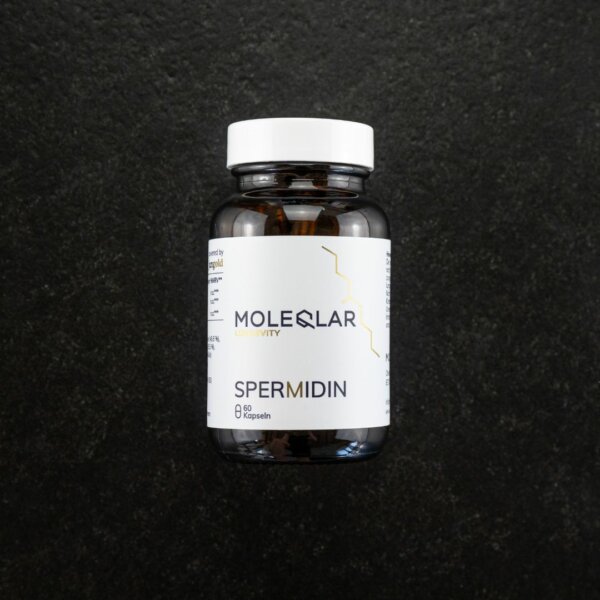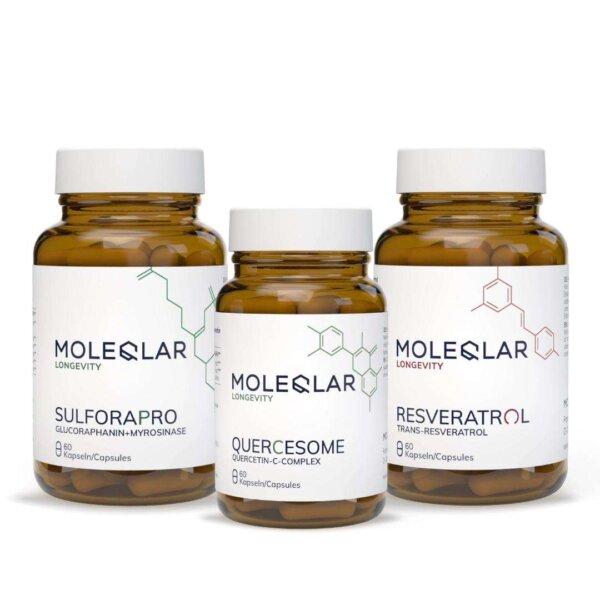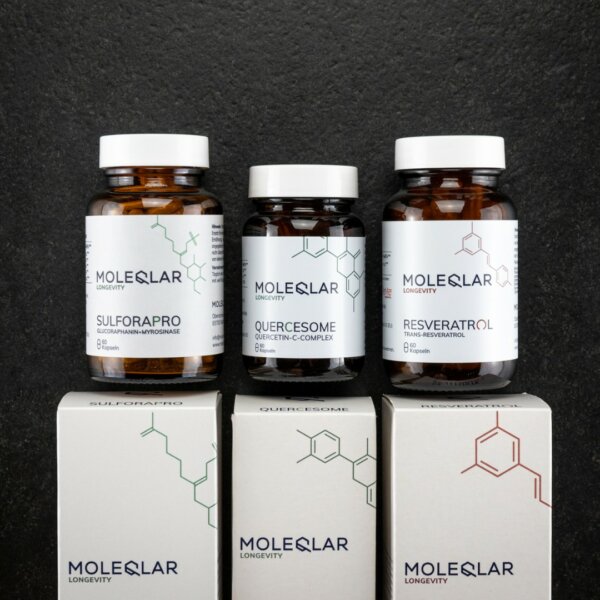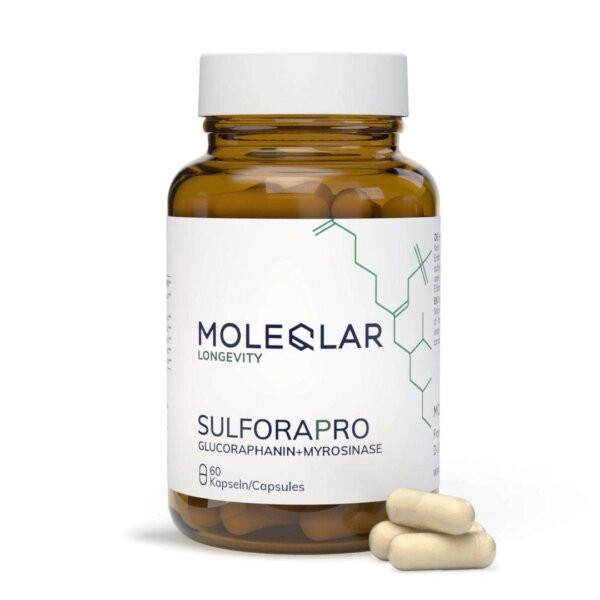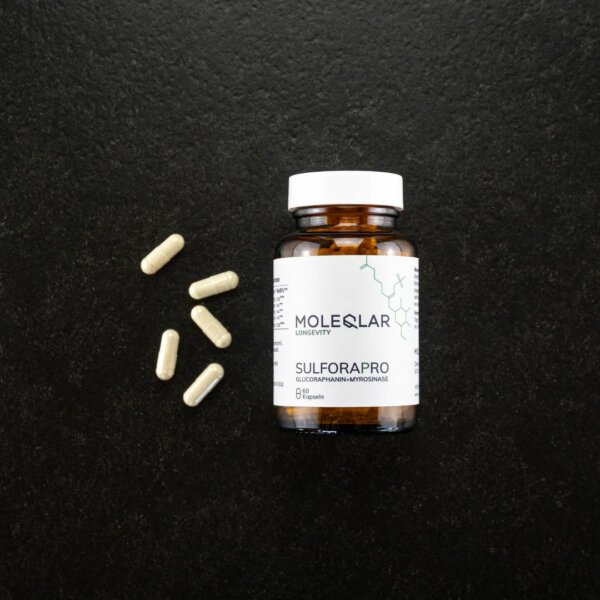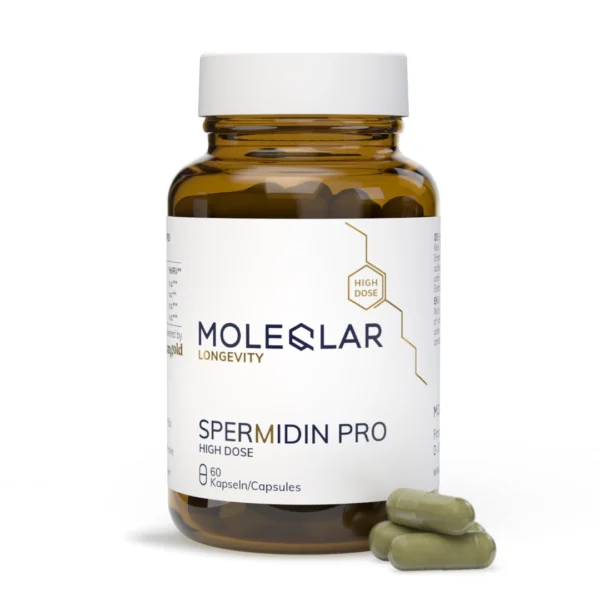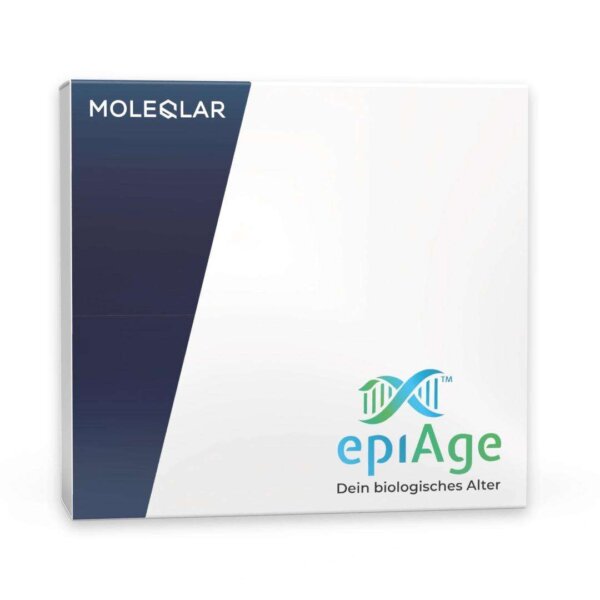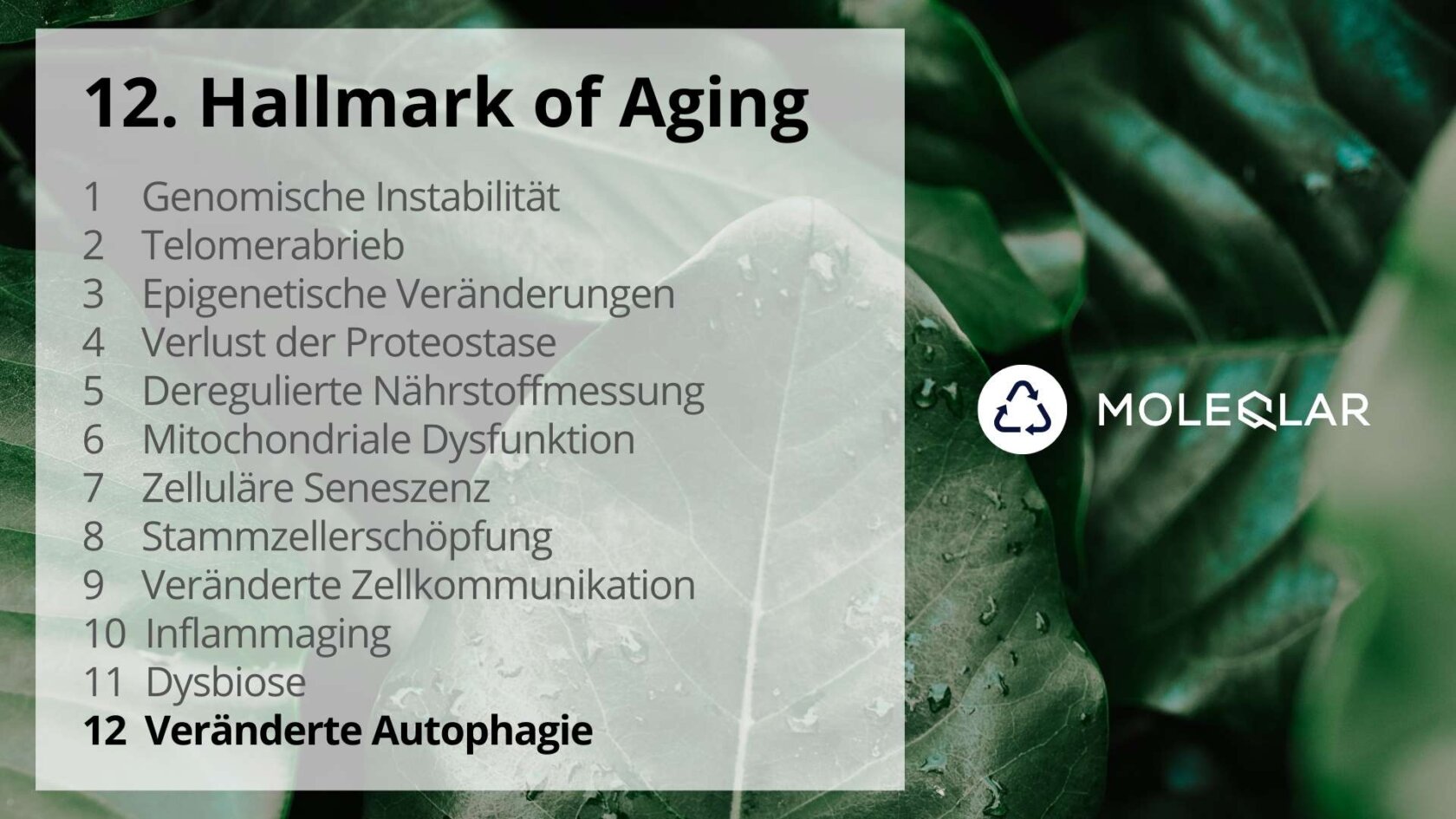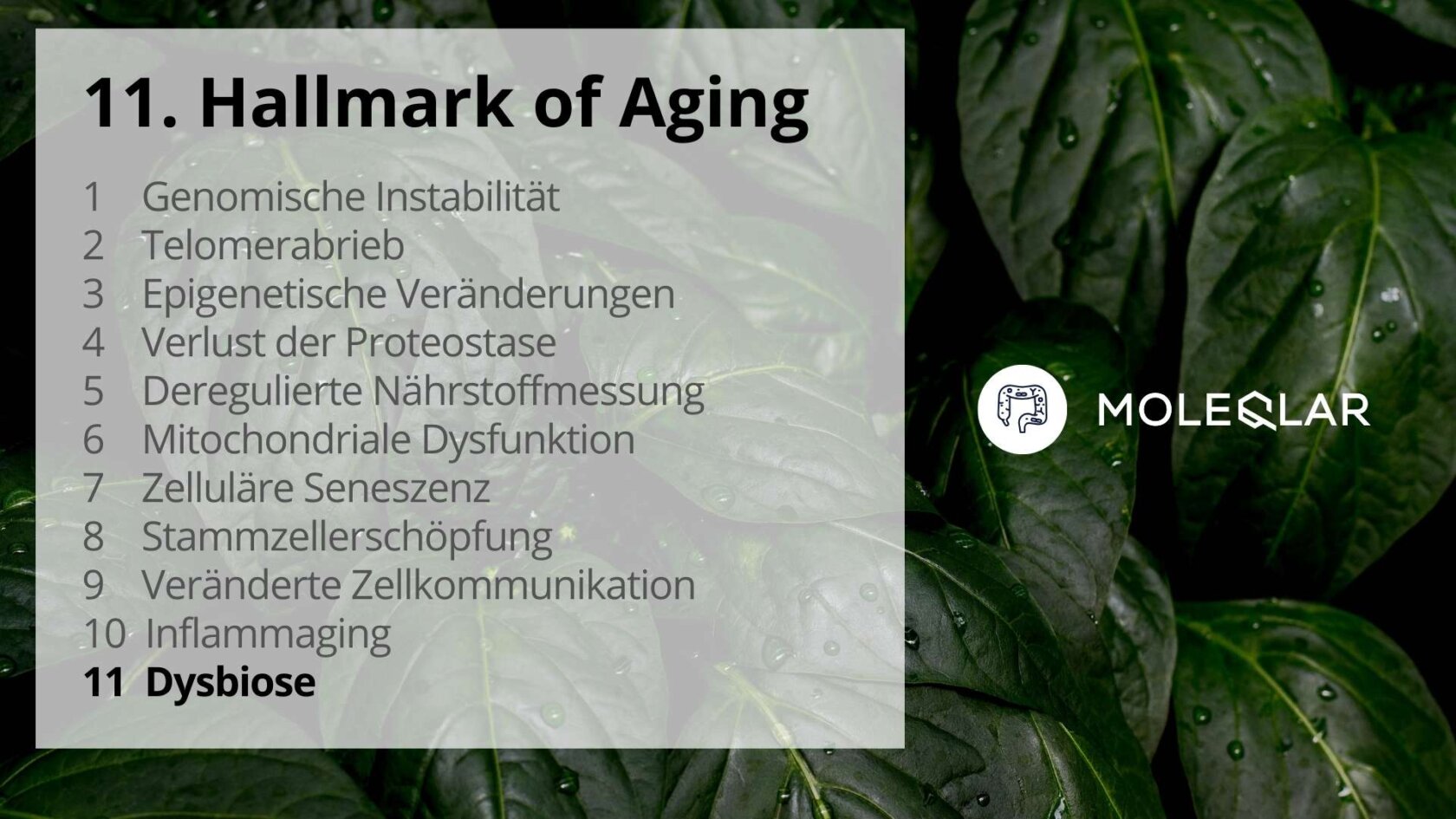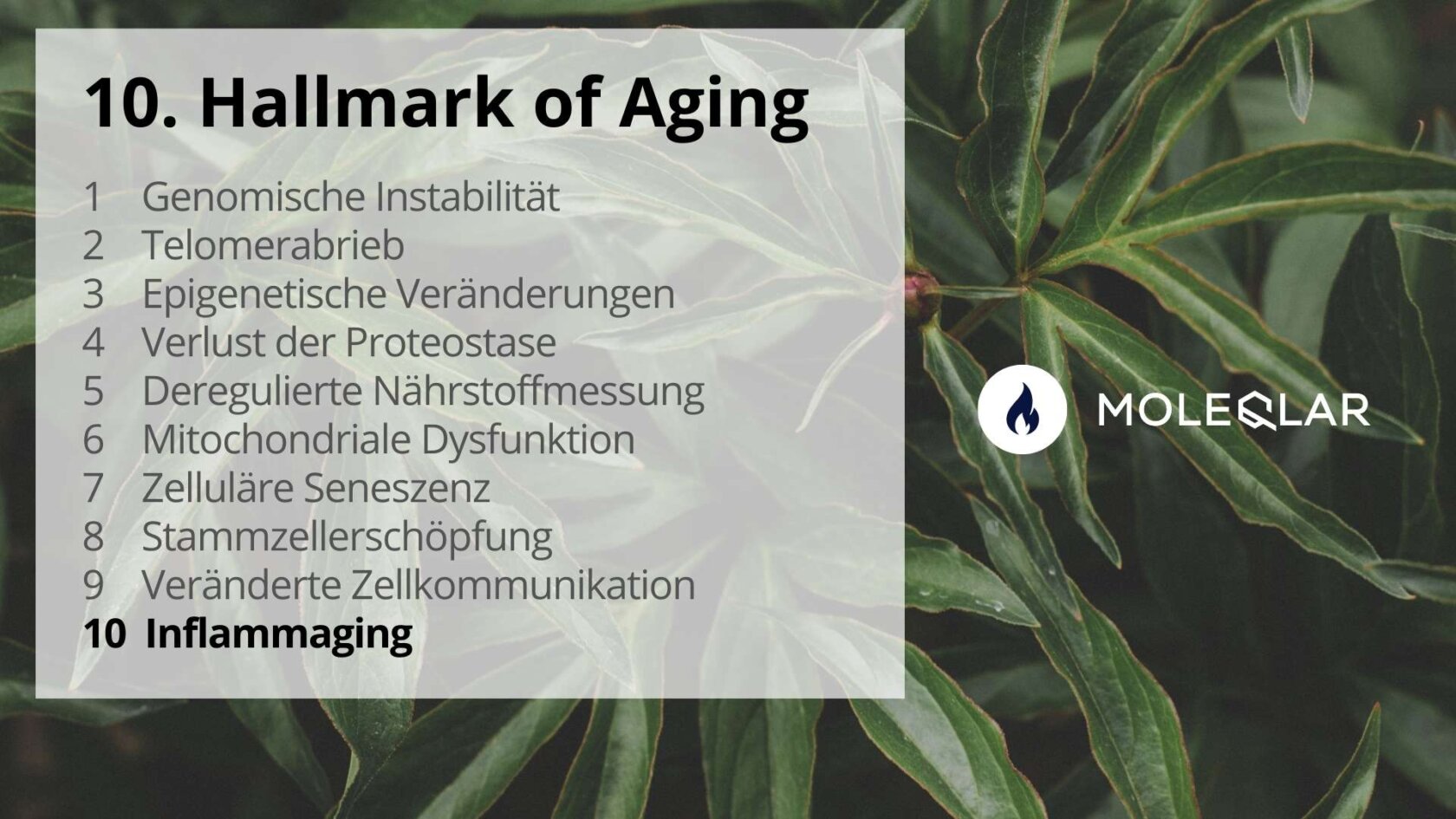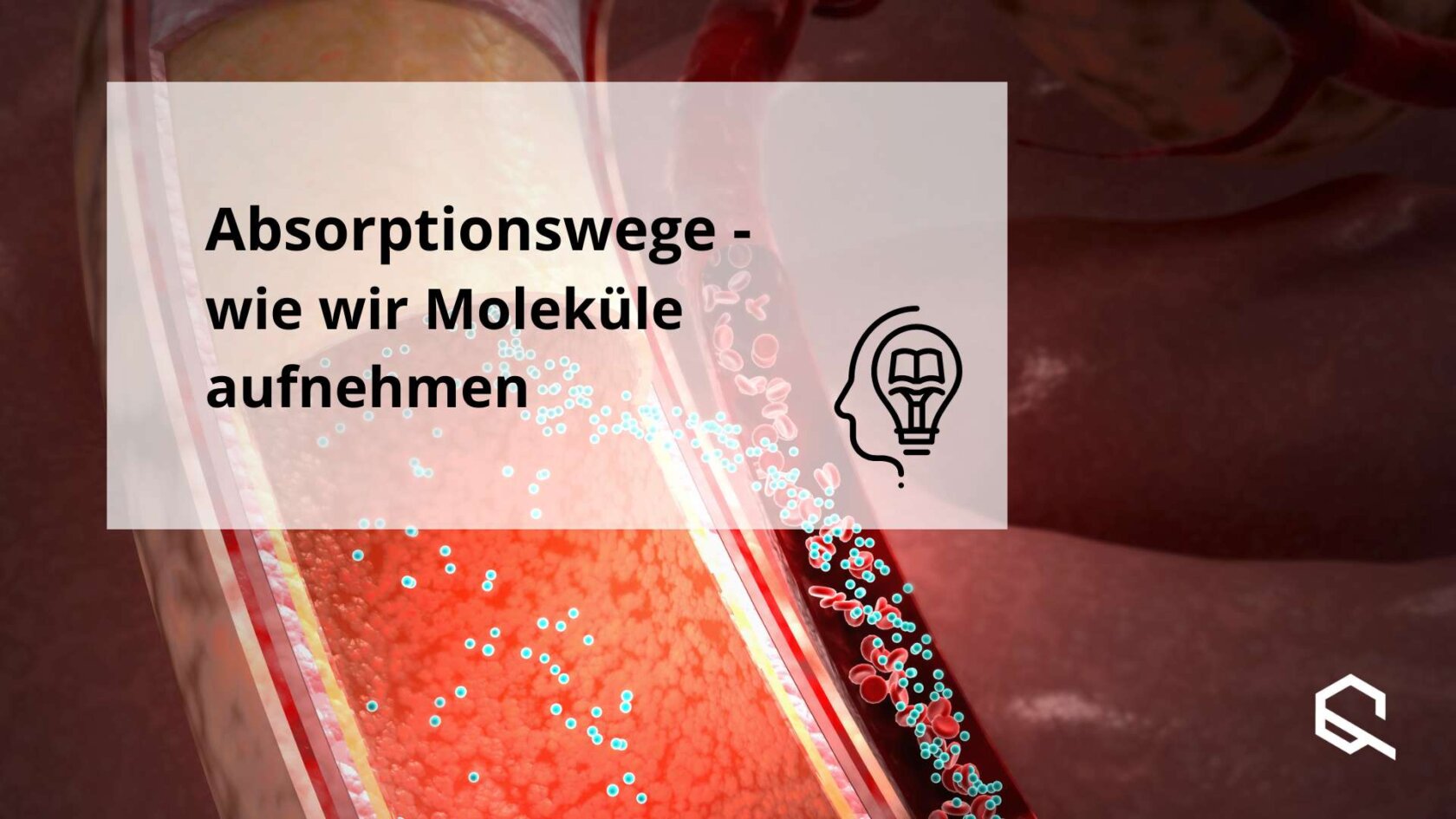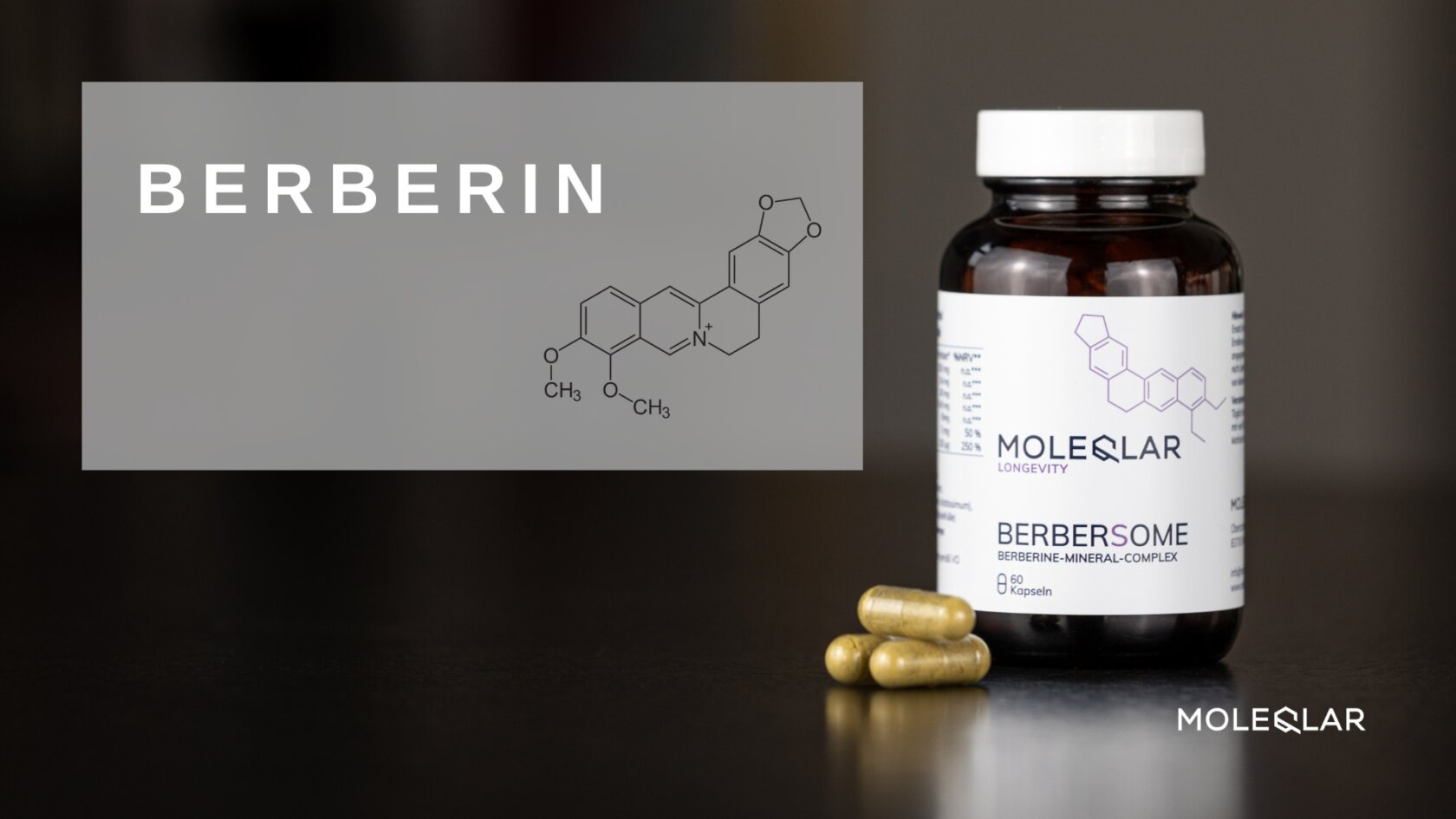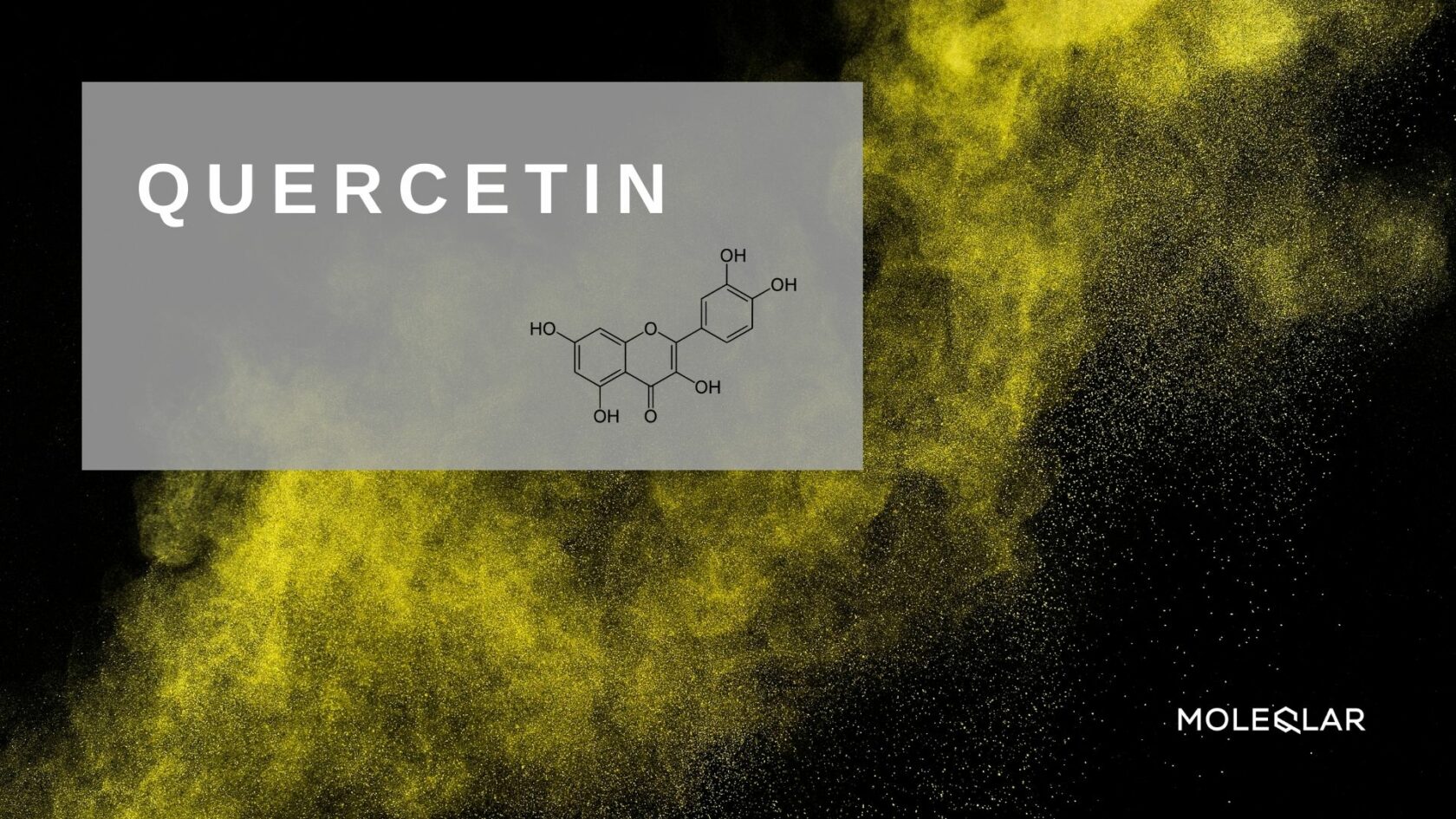The genome is a simplified term that describes the entirety of an individual's hereditary information. This is information for the production of proteins, which can help determine and change the appearance of the body in a variety of ways. You can think of DNA a bit like the code plan of a computer program. The information stored on the DNA is translated by special helpers into amino acids, from which the proteins in our body are ultimately created. We'll spare you the details, that would be a bit too much biochemistry all at once.
Every day, millions of cells divide in our body, which means that the genetic information must also be copied. For each cell, this means a copy of around 3 billion so-called base pairs and, ideally, in the correct order. It almost goes without saying that something can go wrong. Our body is equipped with a whole range of helpers that can correct errors during the copying process. These helpers also come into play in the event of "external" damage.
When we are young, this highly complex system (usually) functions perfectly, but as we get older, more and more errors creep in. Genomic instability is one of the hallmarks of ageing. These hallmarks are an attempt to explain the ageing process scientifically and at a molecular level. Here we will introduce you to the first hallmark in more detail and explore the question of why people age.

Genomic instability - the danger from outside
Threats of external origin include chemical or biological agents and therefore drugs, for example. In addition, physics can also damage DNA via UV light, in particular UV-C light.
If you've ever gotten a sunburn, then you know what we're talking about. UV light penetrates our skin and when it hits the DNA, it can break out whole pieces. If the UV radiation is low, or if we have applied sun protection, the damage is minor and our body can repair it.
In the other case, the DNA is damaged to such an extent that the cell is no longer able to function. It dies. If this happens on a large scale, we see this as reddening of the skin or even more impressively in the form of blistering. In the long term, this UV damage can be very damaging to the skin and lead to "skin cancer".
Fortunately, it doesn't always have to be the worst, but long-term high UV exposure without protection also ages the skin. The structural molecule collagen in particular is gradually destroyed by the sun's rays.
Did you know? At around 30%, collagen is the most common protein in our body. It is found in the skin, bones and tendons. UV radiation can destroy collagen in two ways. Firstly, the fibroblasts (these cells form collagen) are inhibited in their work and secondly, UV radiation activates so-called collagenases, which "eat up" functional collagen. The good news is that we can also supply collagen from the outside in the form of collagen peptides and thus support our skin.
Genomic instability from within
Let us now turn to the threats of endogenous origin. During cell division, two daughter cells develop from one cell. Both daughter cells must naturally receive the same genetic information so that they can develop according to their purpose. To this end, the DNA doubles during cell division (replication) and then divides evenly between the two new cells. This sometimes results in so-called DNA replication errors, for example incorrect pairings between the two strands. This is suboptimal, but the body is prepared for it.
Cell division is organized as a cycle and control stations are built into this cycle. If an error is detected, cell division stops and the error is repaired in the best case. In the event that the repair system is unable to rectify the damage, the cell enters a state of senescence state.
We'll come back to senescence later, but to give you a better picture: this cell has just been put into "zombie mode". It is neither alive nor really dead. In our article Senescence - what "undead" cells have to do with ageing, we go into the topic in more detail and show you why zombie cells can become rampant in old age and lead to diseases.
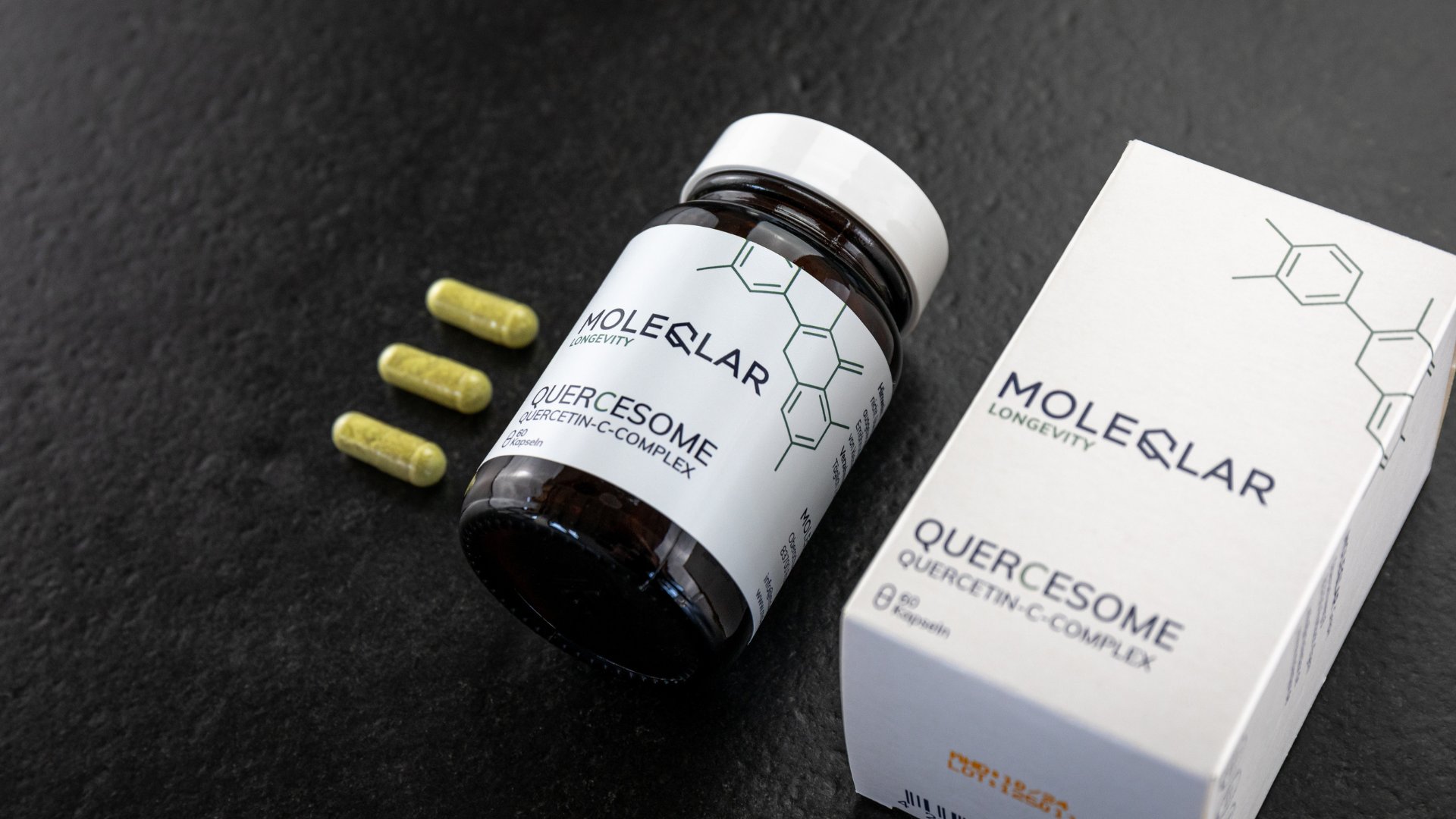
Free radicals and reactive oxygen species - what do they have to do with ageing?
Free radicals and reactive oxygen species sound a bit like explosive biochemistry. And they are. Especially during energy-intensive metabolic processes in the body, e.g. in the mitochondria, free radicals are produced under certain circumstances. These are particularly reactive molecules that can disrupt the reaction balance and thus hinder beneficial reactions in the body.
If it is an oxygen molecule, these molecules are referred to in technical jargon as reactive oxygen species. The body also has an answer to this, as antioxidants can neutralize these troublemakers to a certain extent. The body's most important antioxidant is glutathione, which we have explained to you in our article on GlyNAC.
There is even a theory of ageing that relates almost exclusively to free radicals. In short, constant exposure to these reactive molecules is said to age us. This theory is now somewhat outdated, as we now know that a certain level of free radicals can be beneficial for the body. It is only when the balance is tipped that free radicals pose a threat to our genomic stability.
Genomic instability & nuclear envelope defects
The damage mentioned, whether of external or internal origin, is one of the direct lesions of our blueprint, the DNA. In addition, defects in the nuclear architecture can also cause instability of the genome. This works as follows.
The cell nucleus is a separate space surrounded by an envelope and is the place in the cell where the DNA is located. The envelope of the cell nucleus is made up of many different proteins, including proteins from the lamina family. "Lamina" is Latin and stands for plate, disk or layer. These "layer proteins" must be formed correctly for the envelope to function properly.
This is similar to a house roof, which must be neither too rigid nor too soft in order to distribute the loads in the best possible way. If a problem arises in connection with these "layer proteins" of the nuclear envelope, the genome becomes unstable. The reason for this is the fact that the DNA is connected to the nuclear envelope via molecules.
Let's look at a real-life example. There are people who can only produce a shortened form of a special lamine. The shortened protein is called progerin . Accordingly, the disease is called progeria (=accelerated ageing). In these people, the nuclear envelope is not sufficiently stable. The result is a five to tenfold increase in the rate of ageing. Those affected often die in childhood or adolescence.
Did you know? Researchers at the Technical University of Munich have taken a closer look at the clinical picture of progeria and made an exciting discovery. Defective progerin is also produced in normal cells. In people with progeria, however, around 20 times more progerin is produced, causing the cells' waste garbage cans to clog up. Autophagy, also one of the hallmarks of ageing, therefore no longer functions in these people.
The second exciting discovery of the study was that by administering sulforaphane, a secondary plant substance from broccoli, autophagy could be increased and the "garbage cans of the cells" (proteasomes) worked better again.

Genomic instability in the future
Even though progeria is an extremely rare disease, with a frequency of 1:1 million, the underlying defect is also relevant for each and every one of us. Scientists have shown that progerin, which disrupts the nuclear architecture, is also produced in people with normal ageing processes.
The genome is therefore constantly unstable due to a variety of influences, whether from outside or inside. No human being is exempt from this. The good news is that our body is prepared for many of these challenges. However, the efforts to keep instability in check or to repair it only work suboptimally with increasing age.
The question of why some people age more slowly can probably be answered by the fact that these individuals have good repair mechanisms to limit genomic instability. The recent publications on the topic not only deepen our knowledge, but also show possible ways to keep genomic instability in check.
The next article in this series deals with the second hallmark of ageing: telomere attrition.
Literature
- López-Otín, Carlos et al. "Hallmarks of aging: An expanding universe." Cell vol. 186.2 (2023): 243-278. link
- Leiter, Ulrike et al. "Epidemiology of Skin Cancer: Update 2019." Advances in experimental medicine and biology vol. 1268 (2020): 123-139. link
- Gabriel, Diana et al. "Sulforaphane enhances progerin clearance in Hutchinson-Gilford progeria fibroblasts." Aging cell vol. 14,1 (2015): 78-91. link
- Gordon, Jennifer R S, and Joaquin C Brieva. "Images in clinical medicine. Unilateral dermatoheliosis." The New England journal of medicine vol. 366.16 (2012): e25. Link
Graphics
The images were purchased under licence from Canva.



